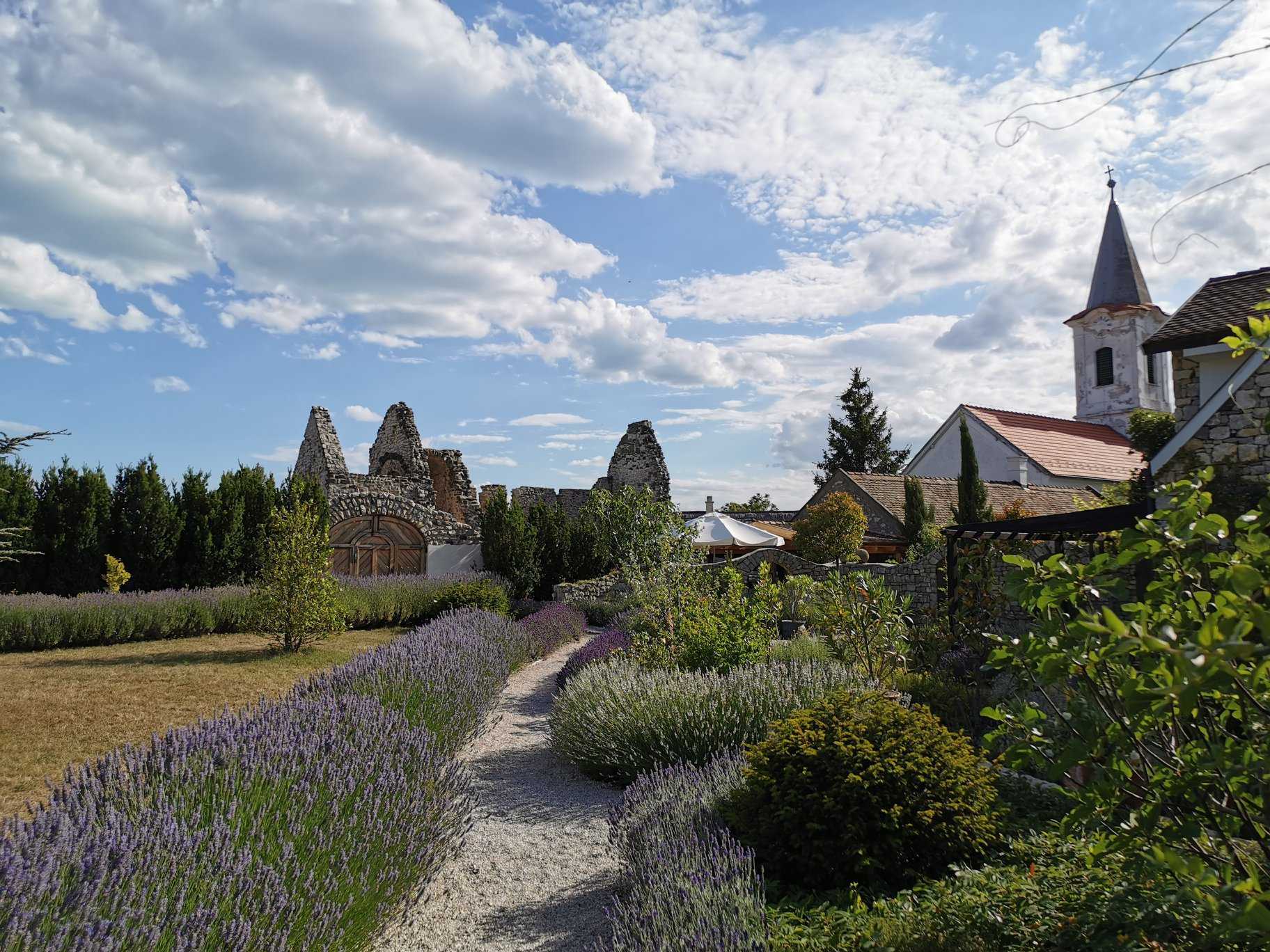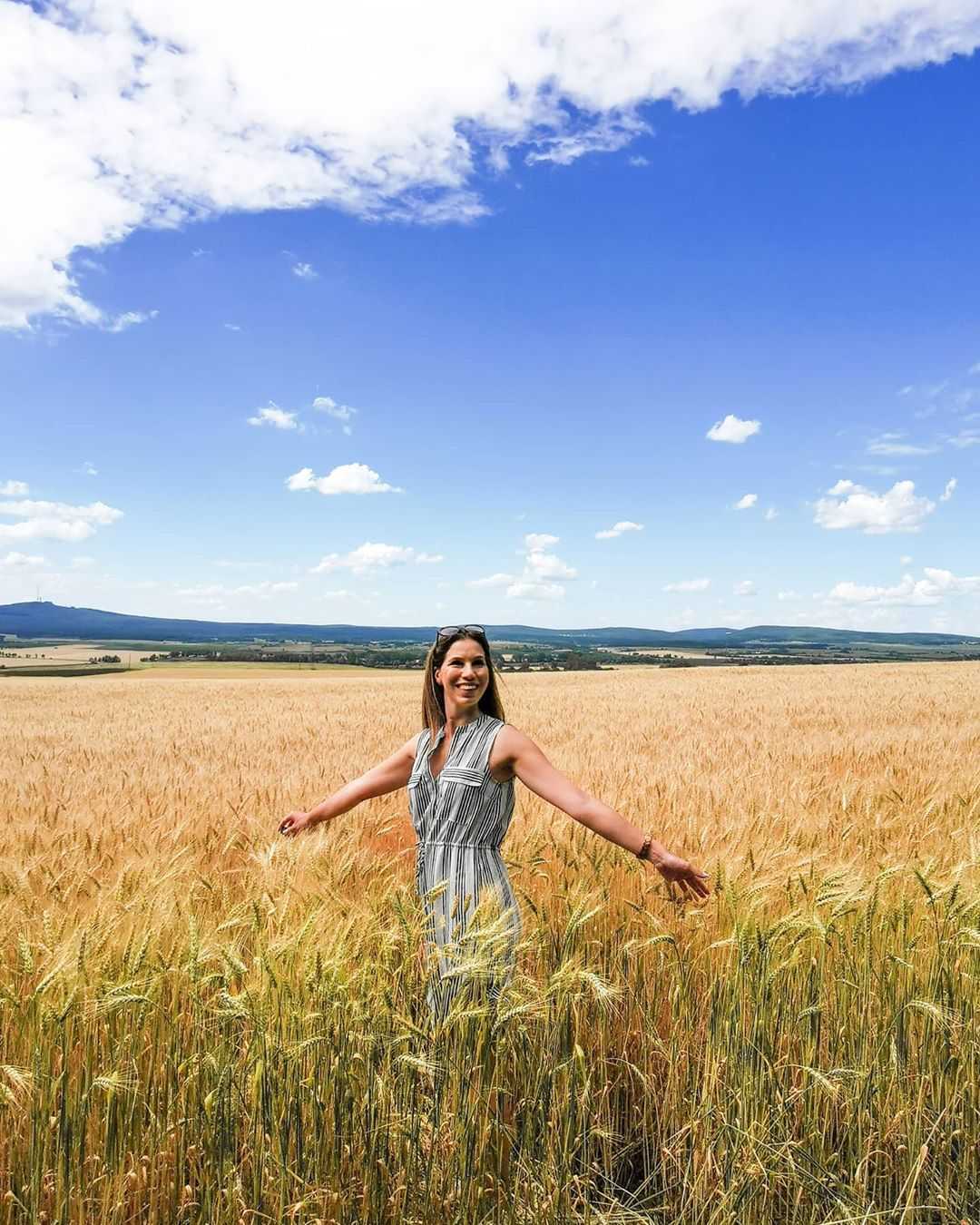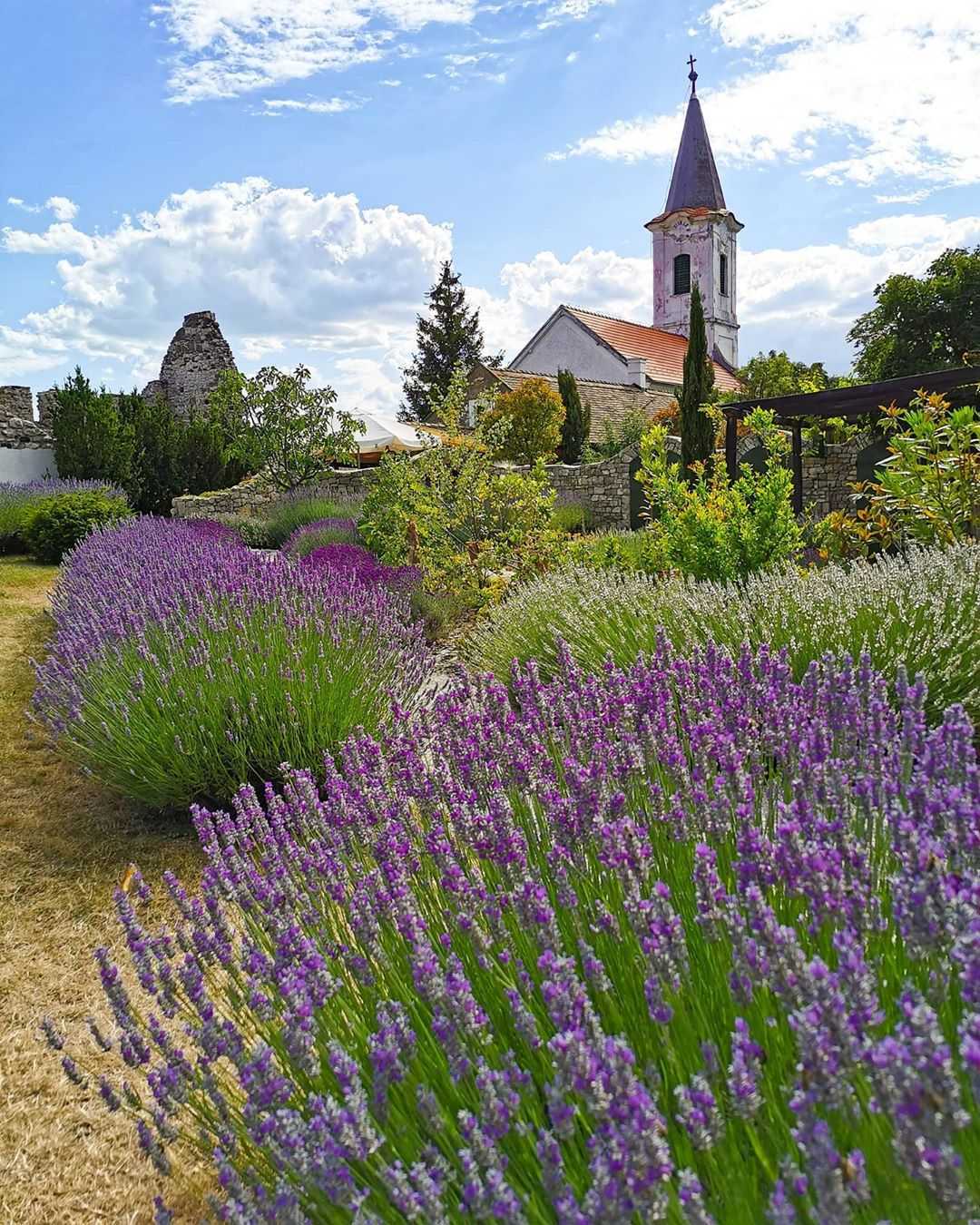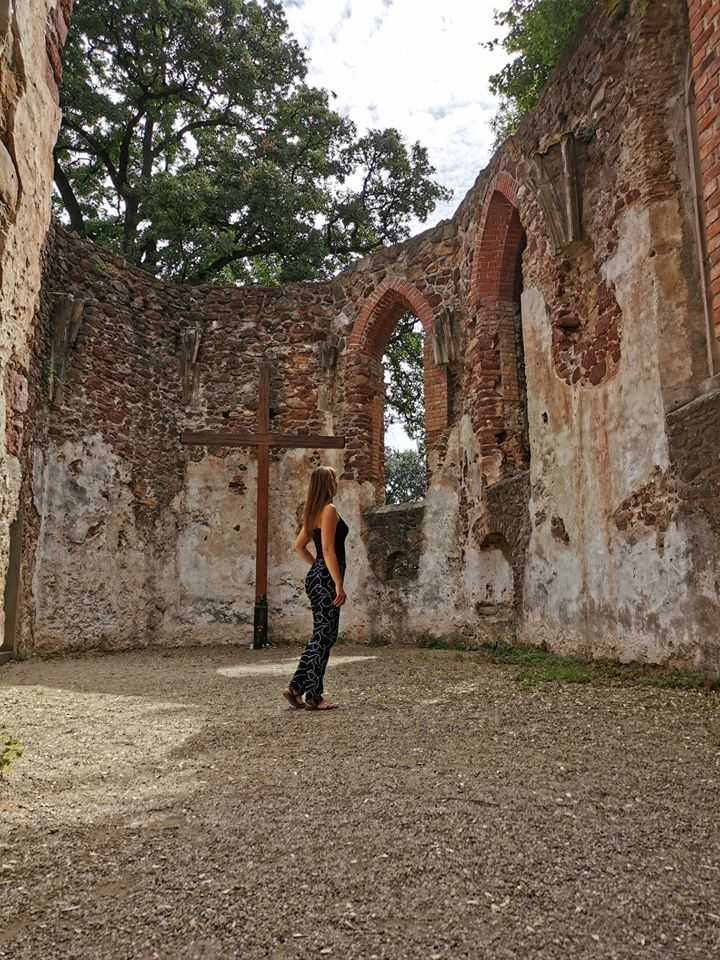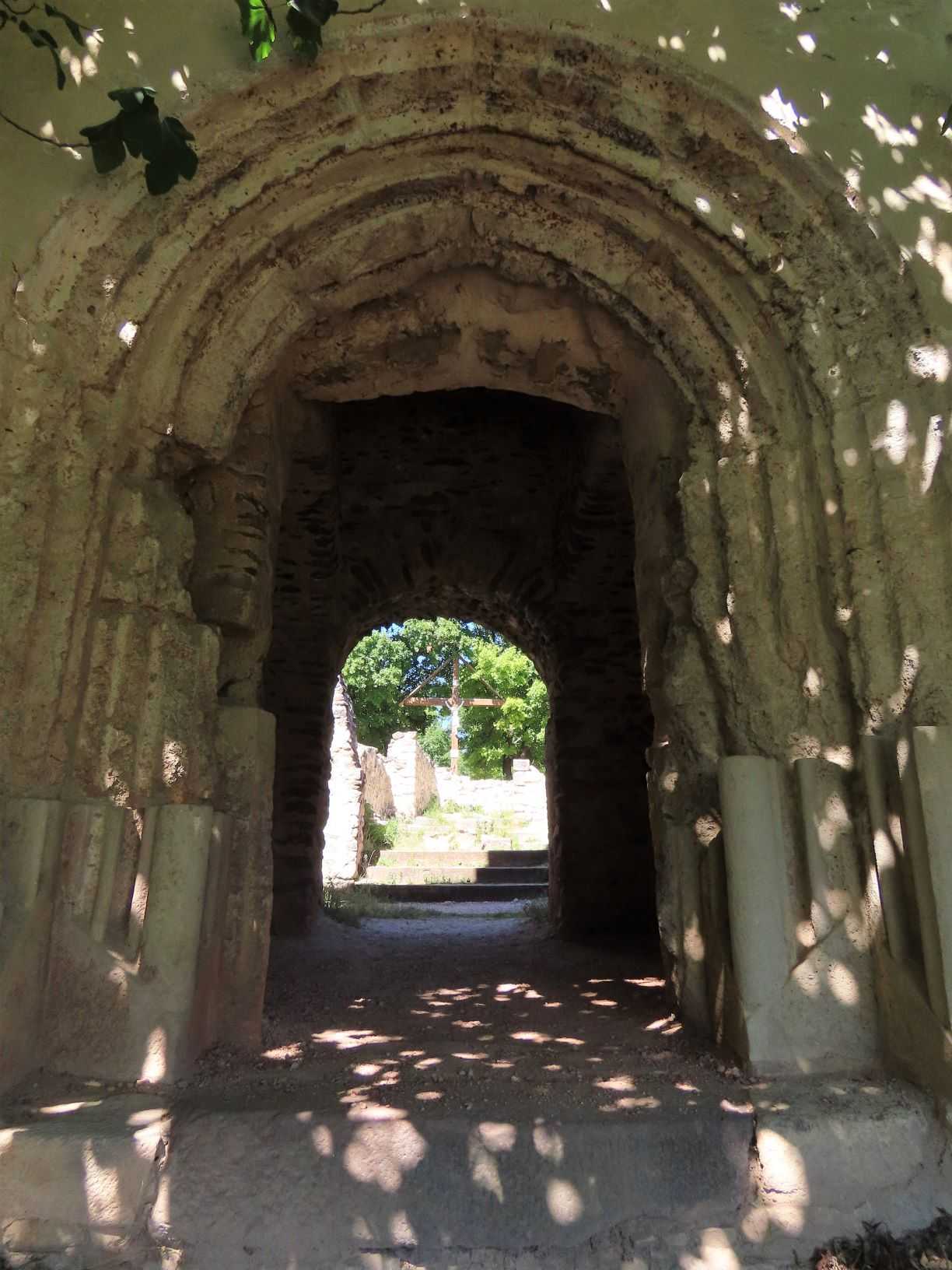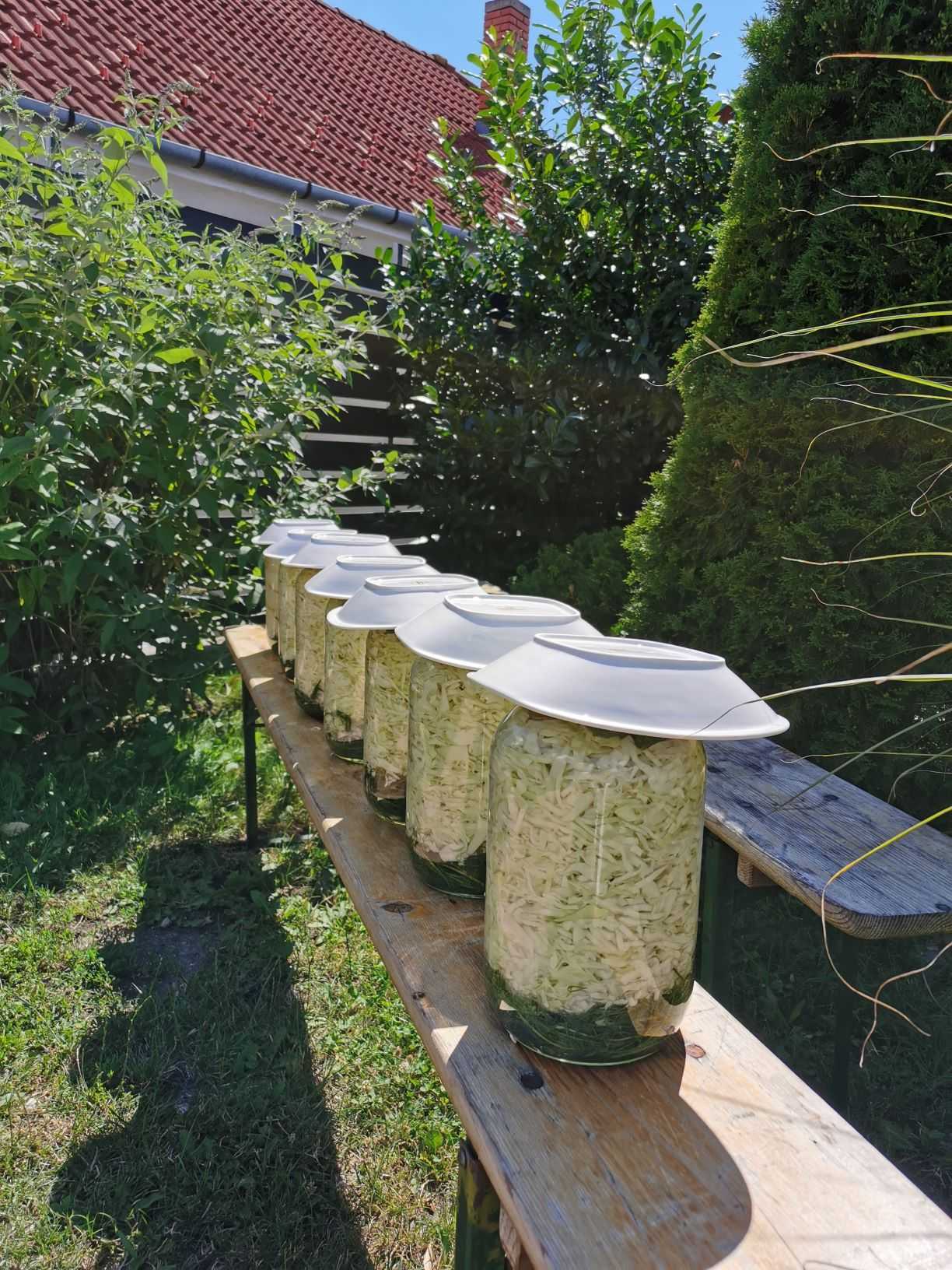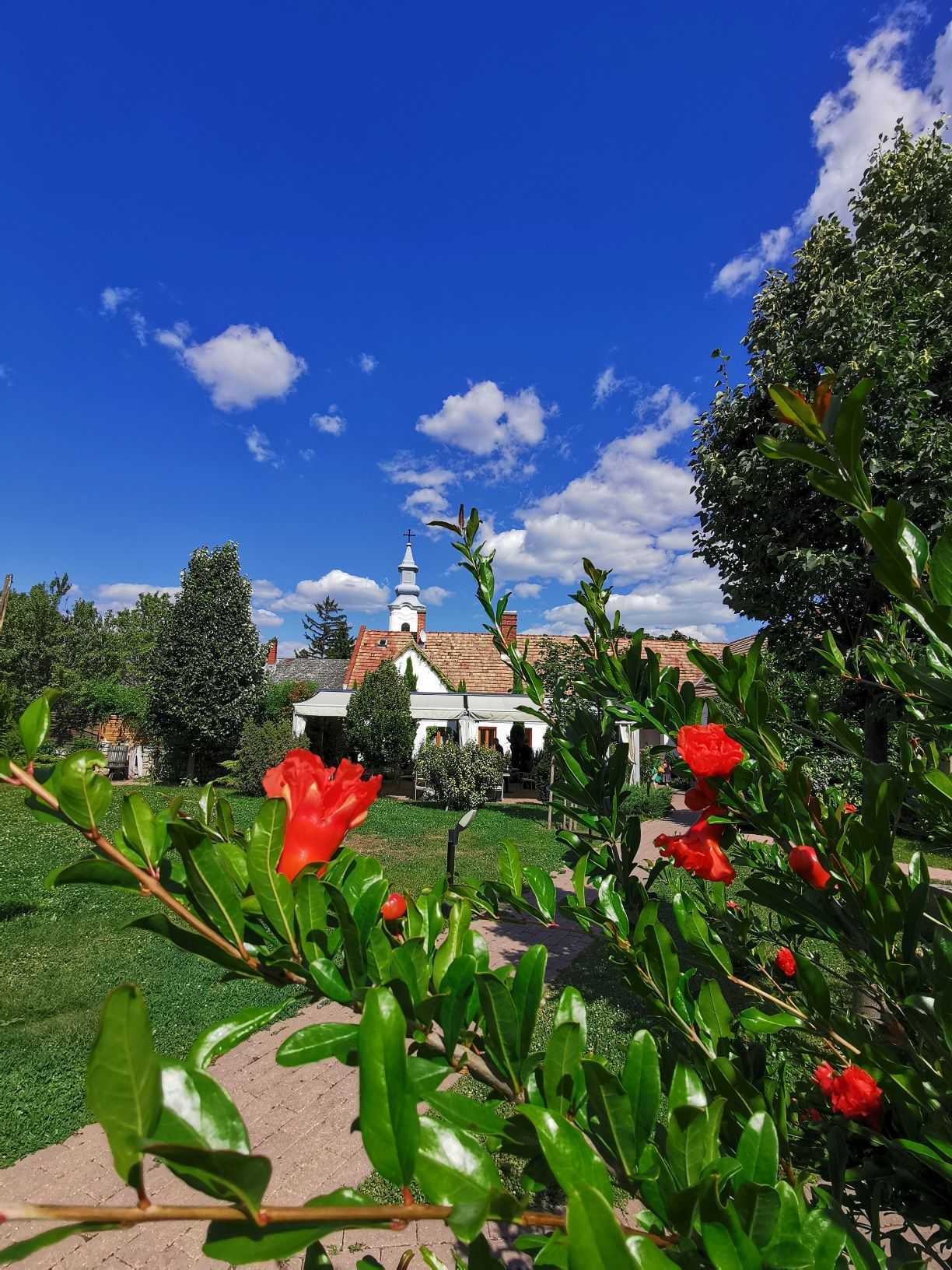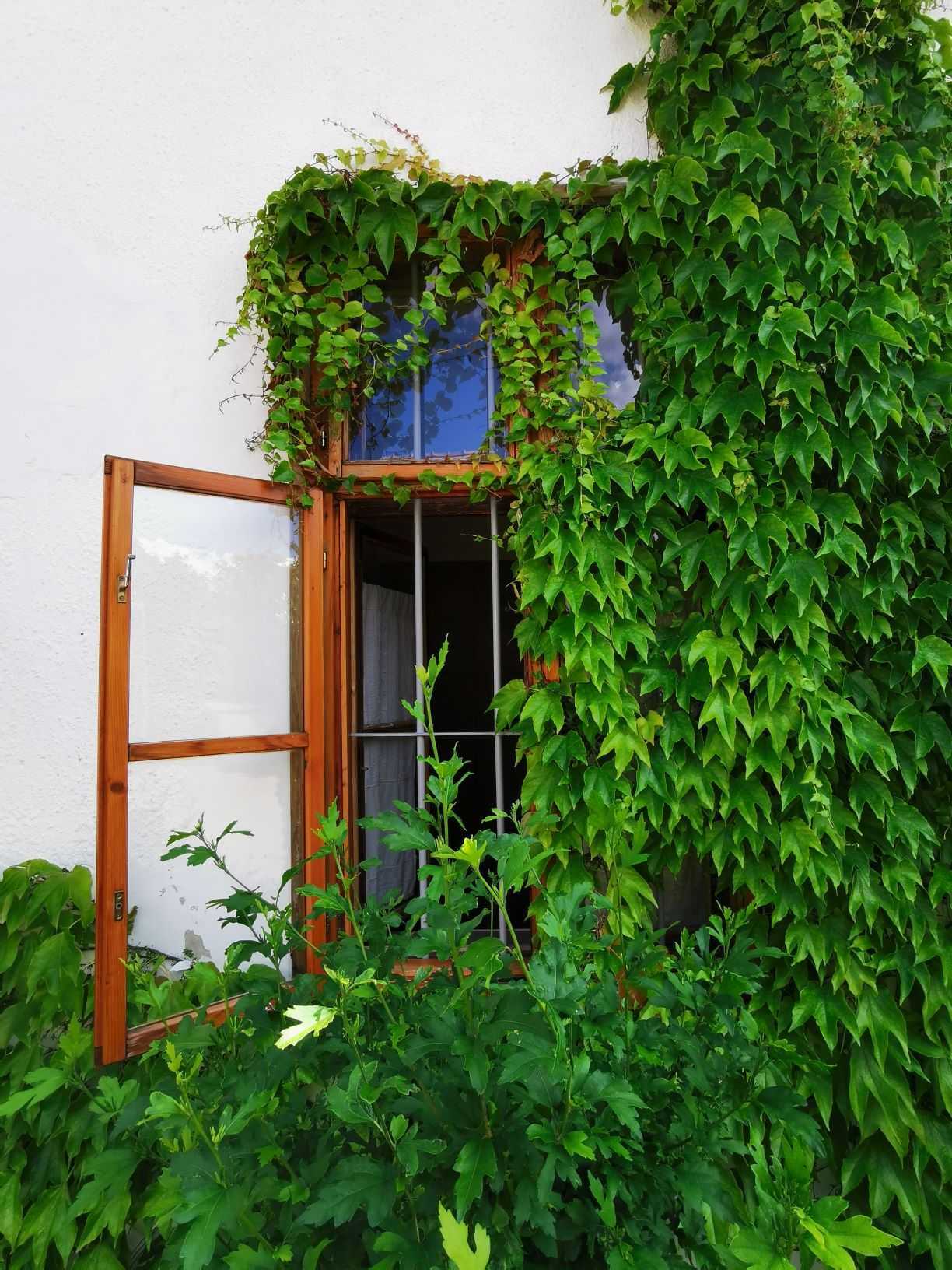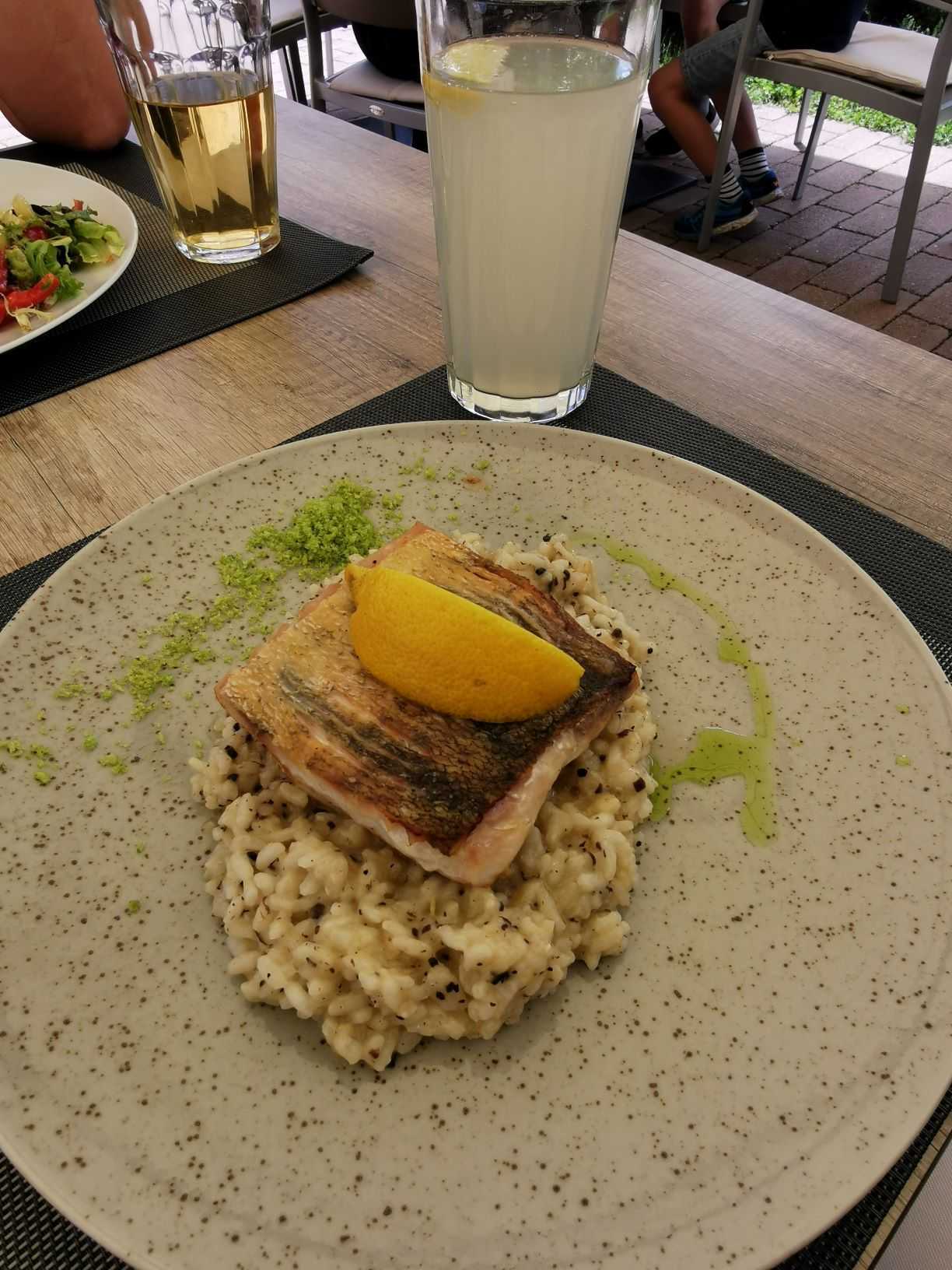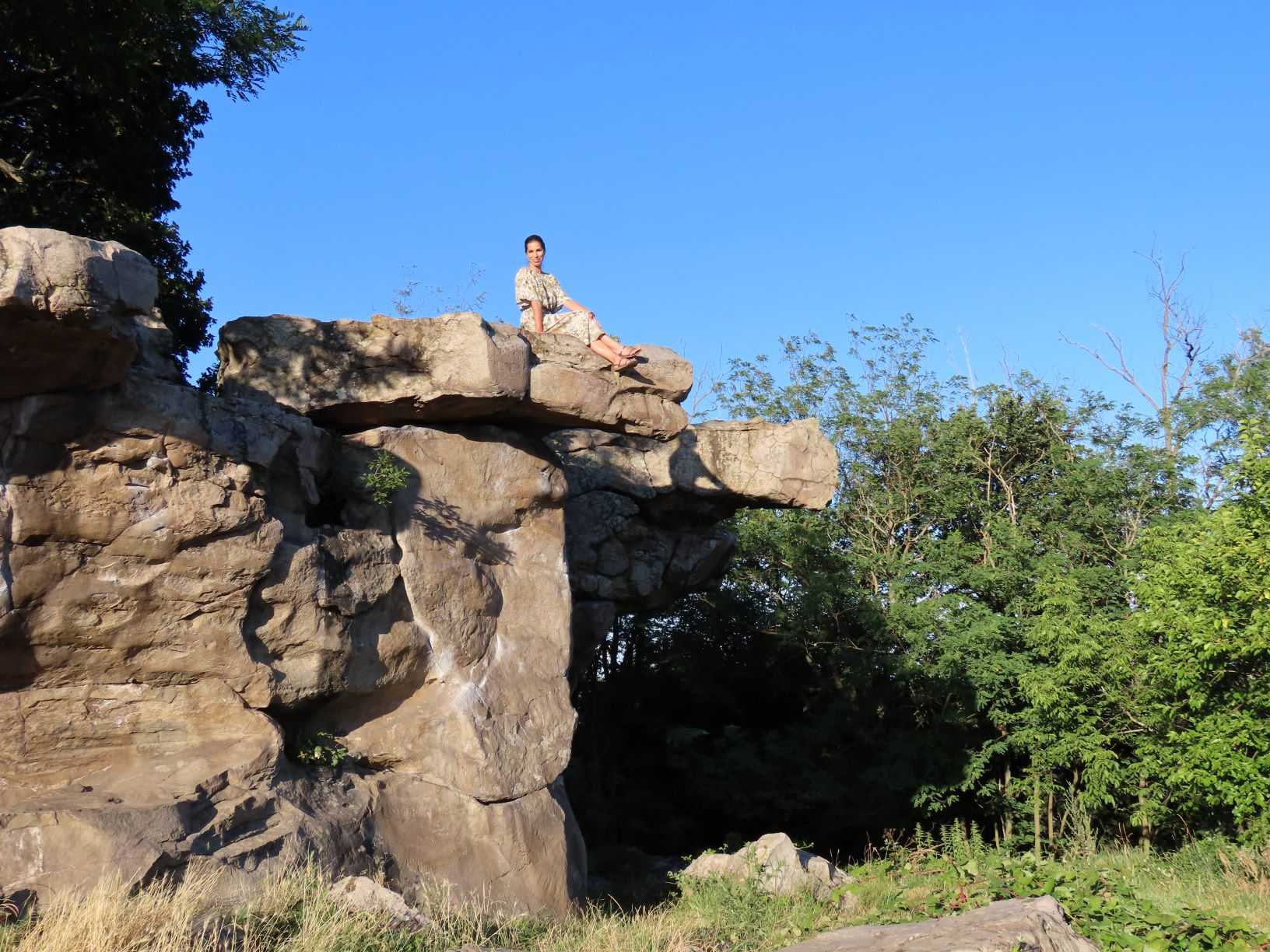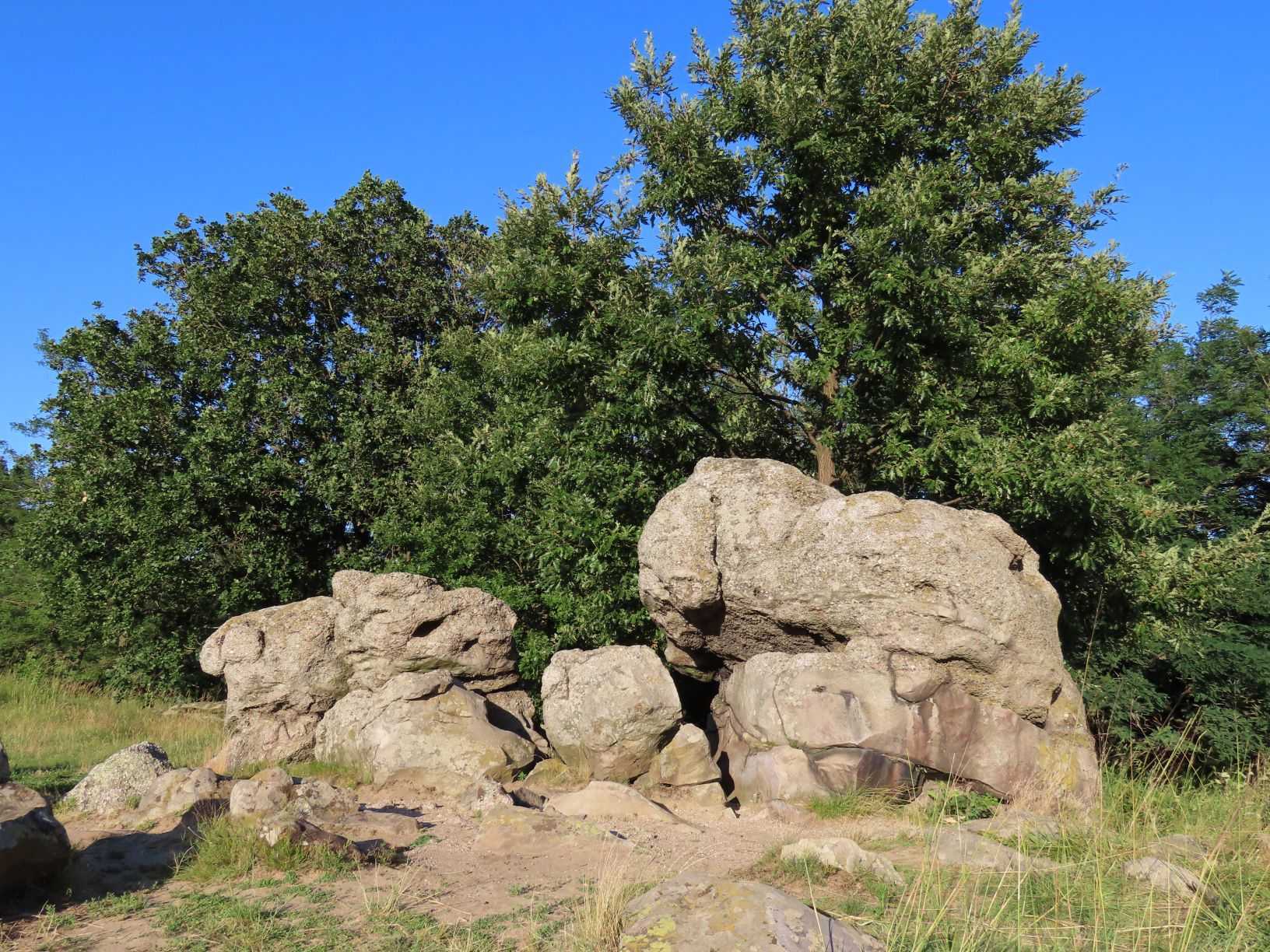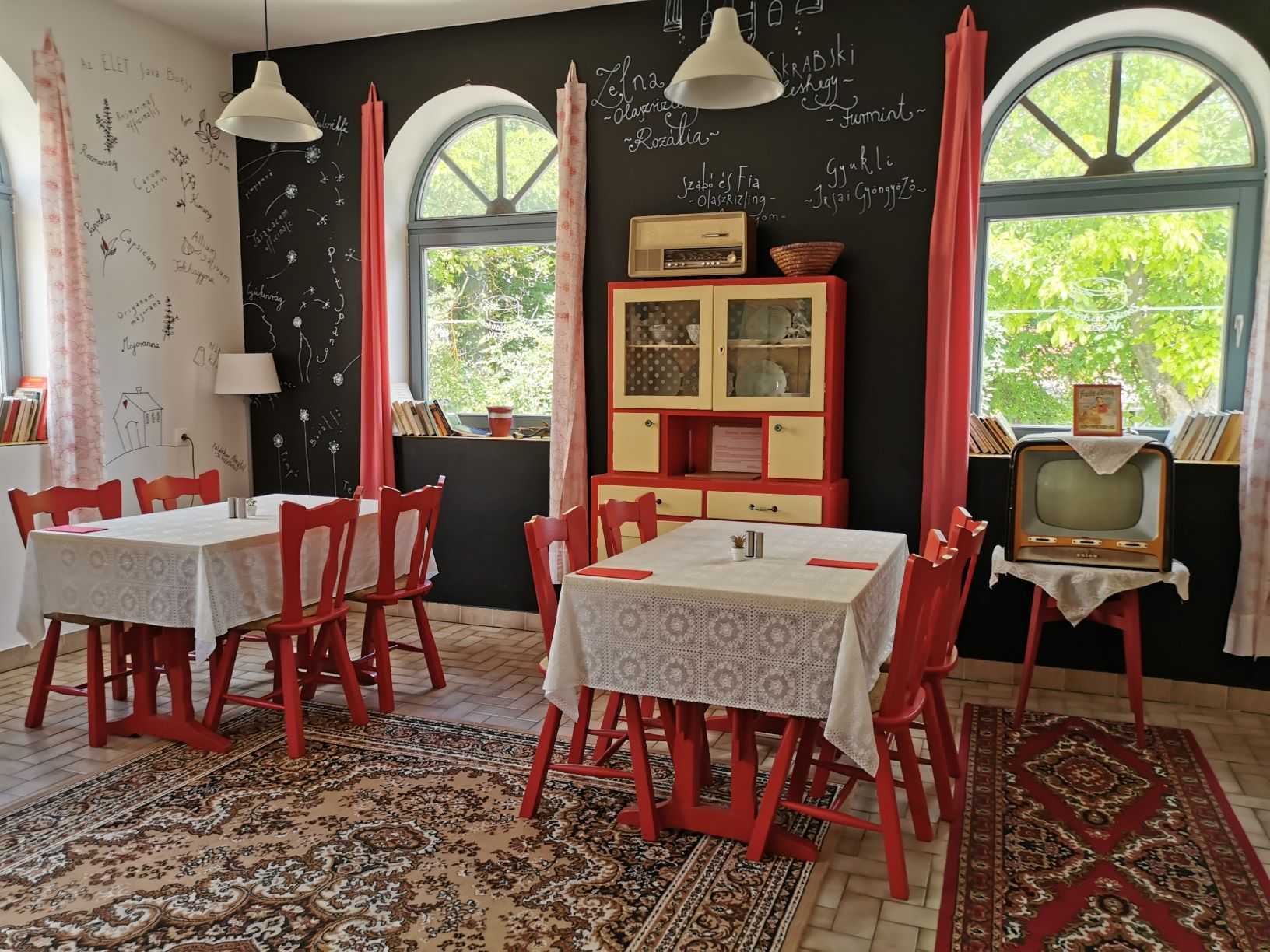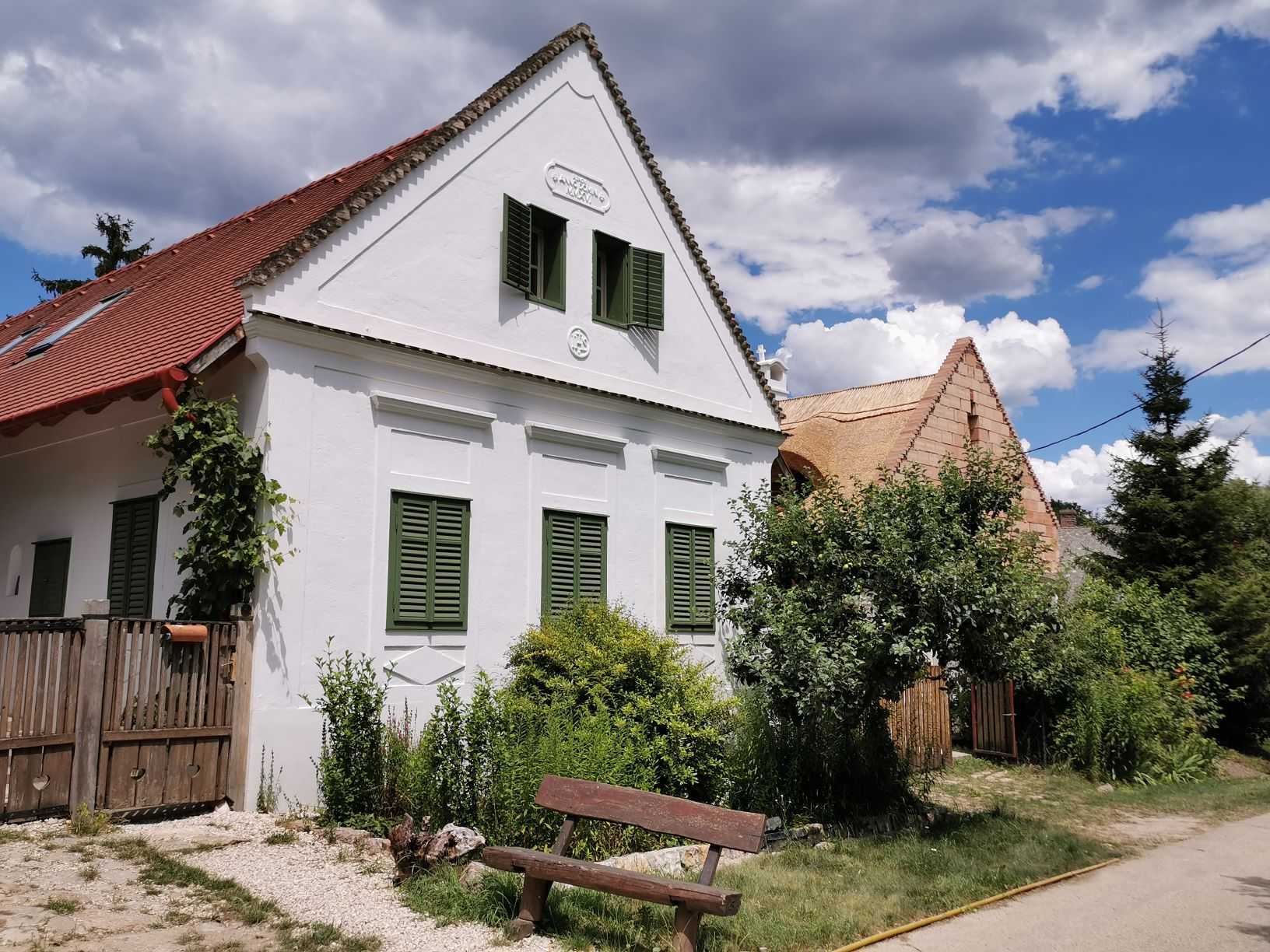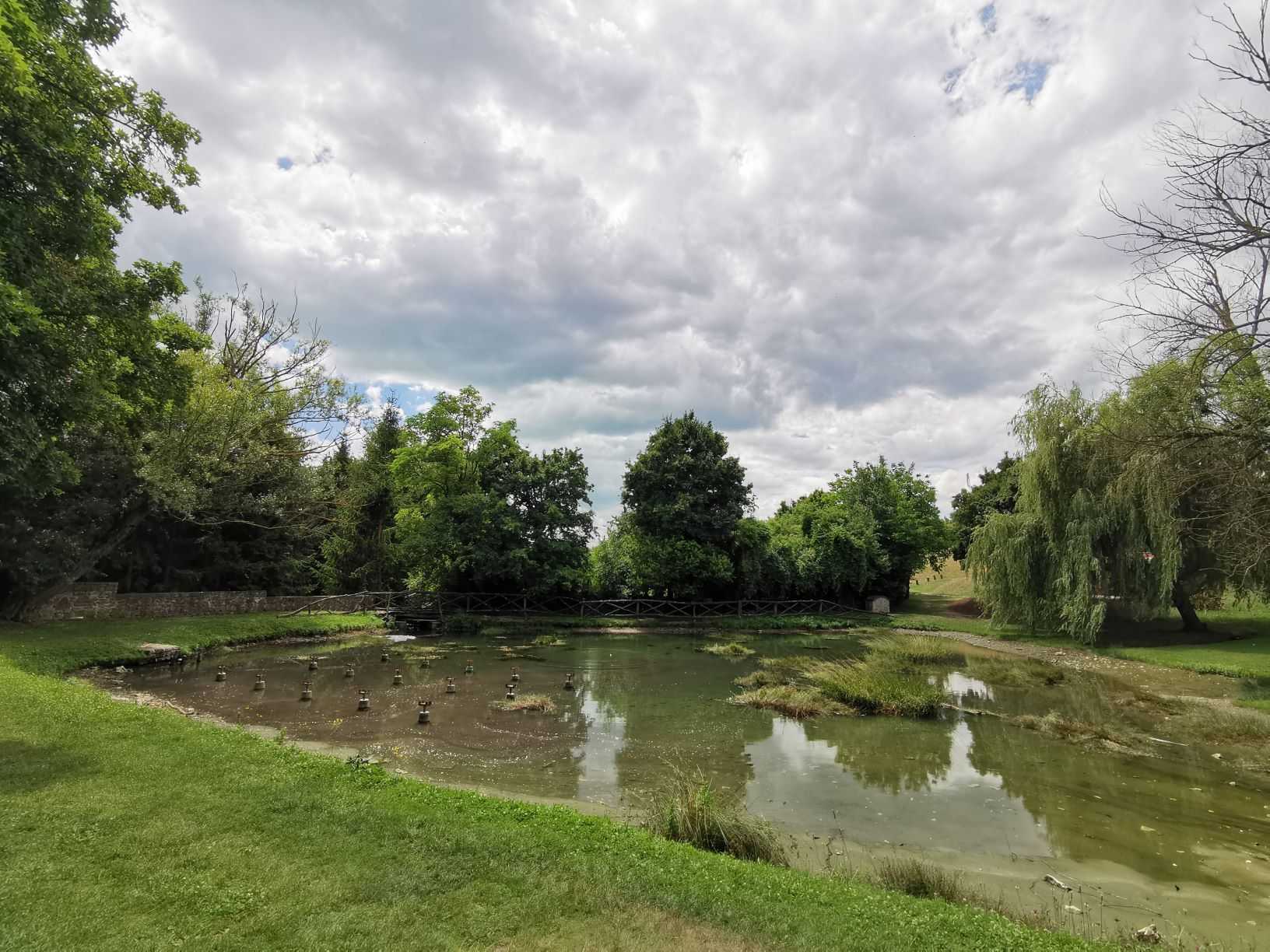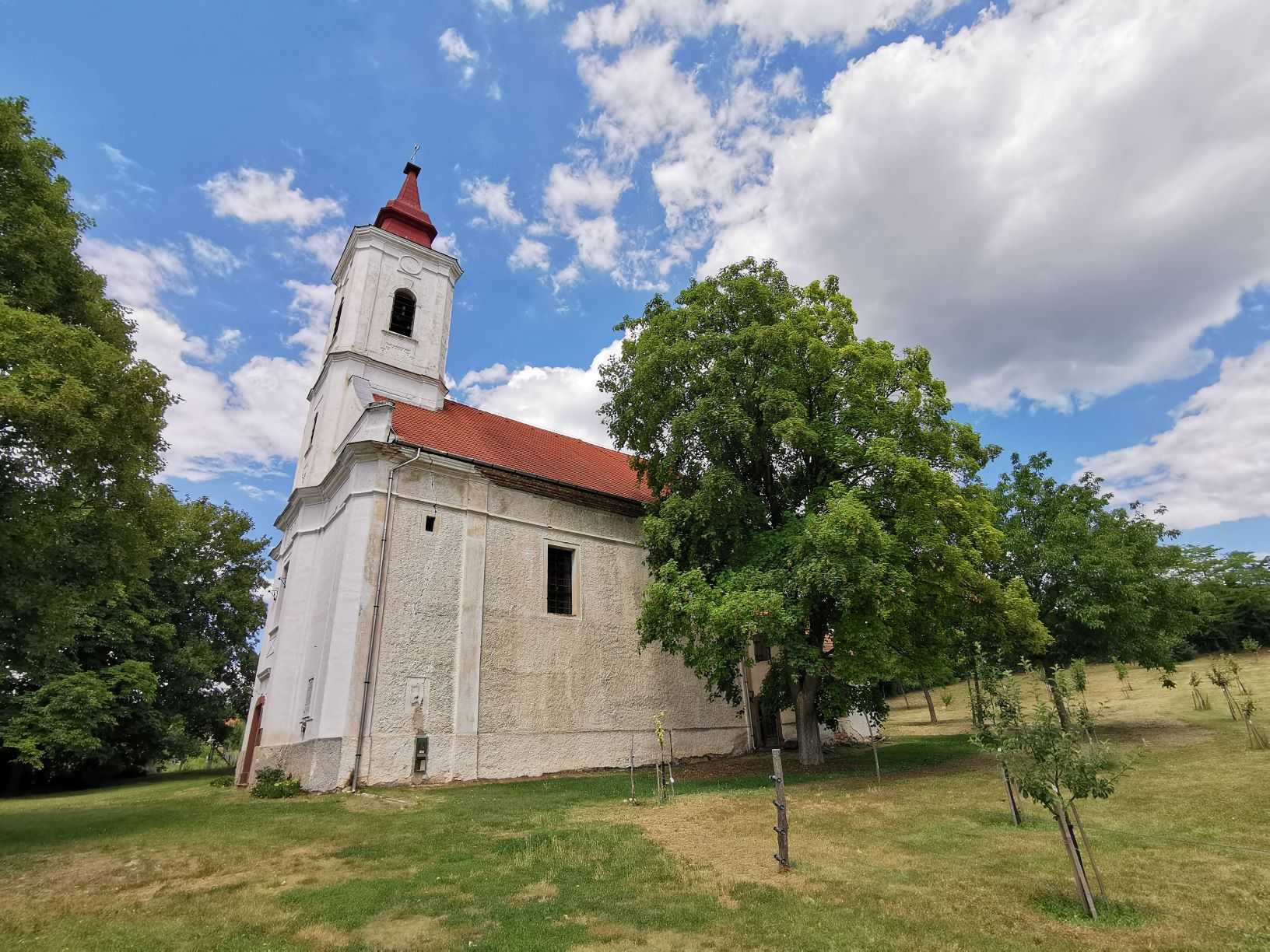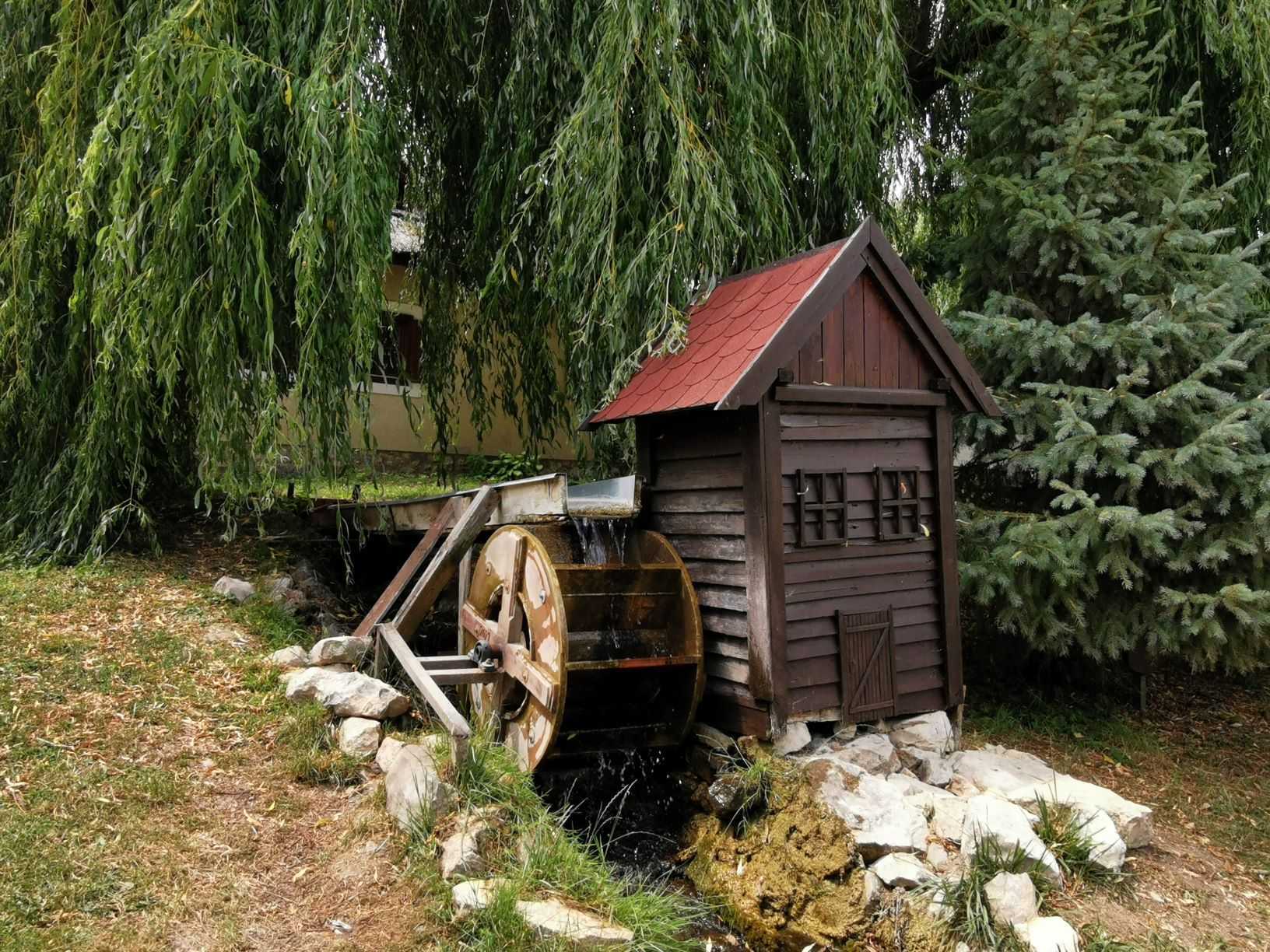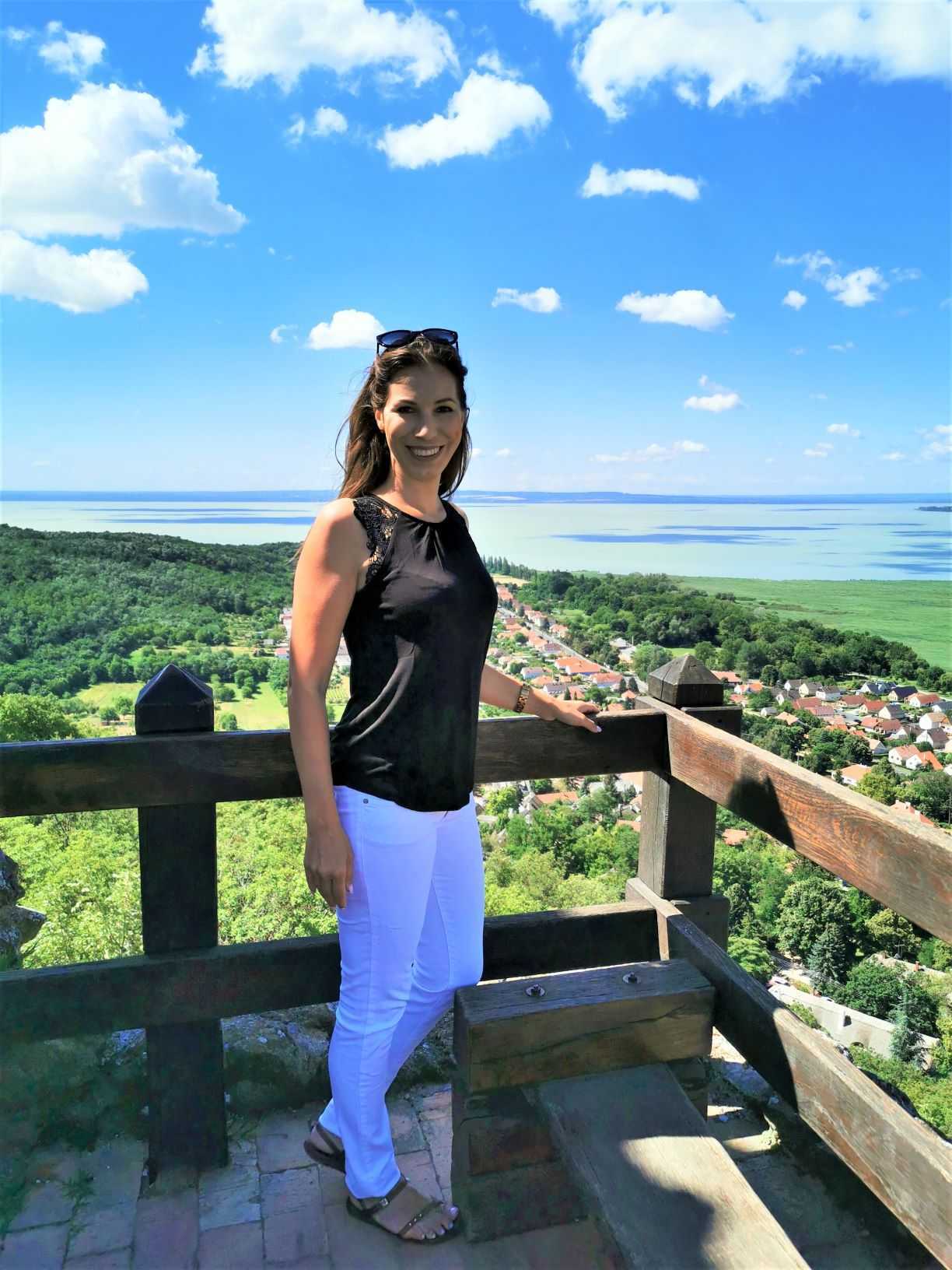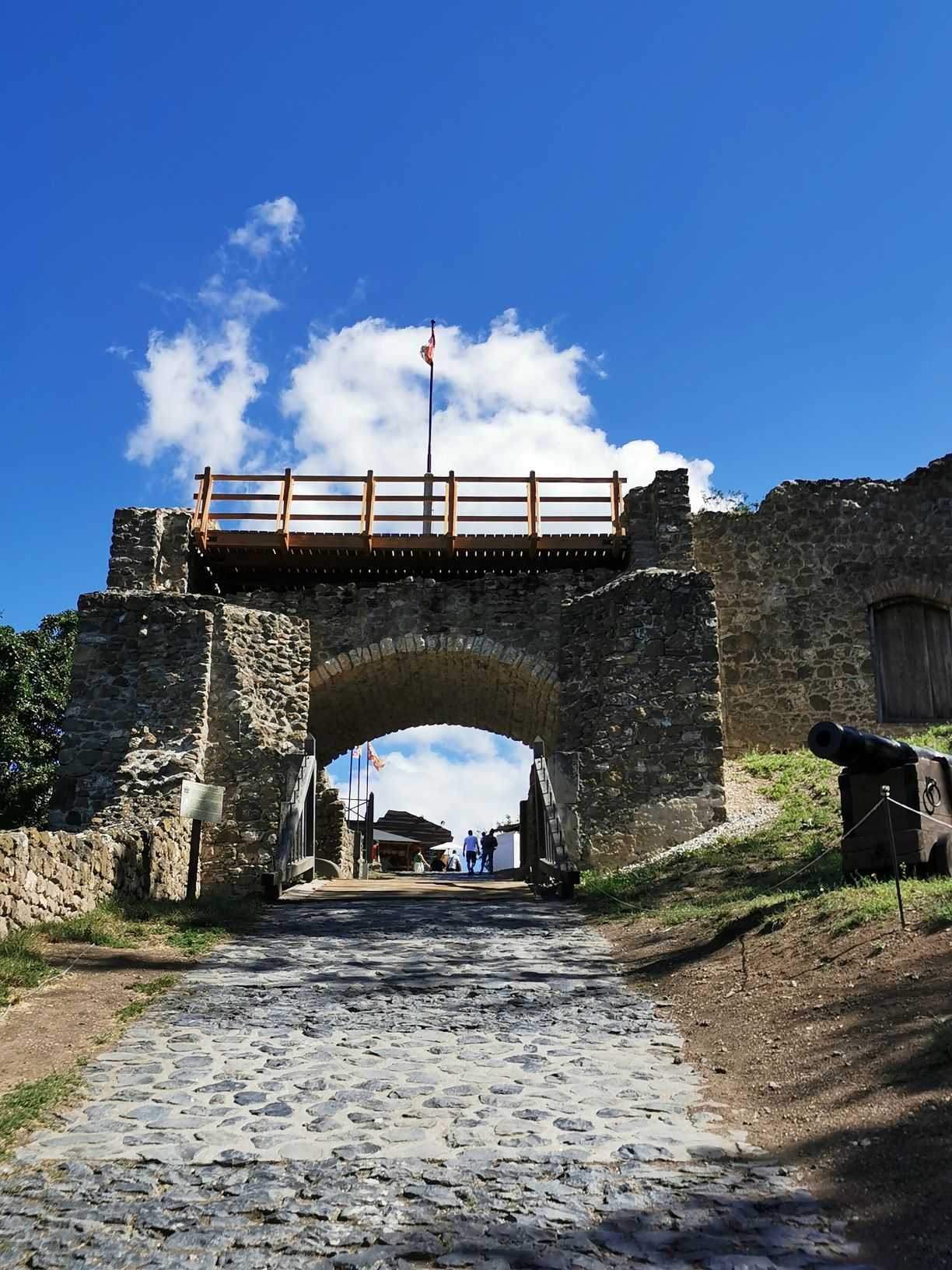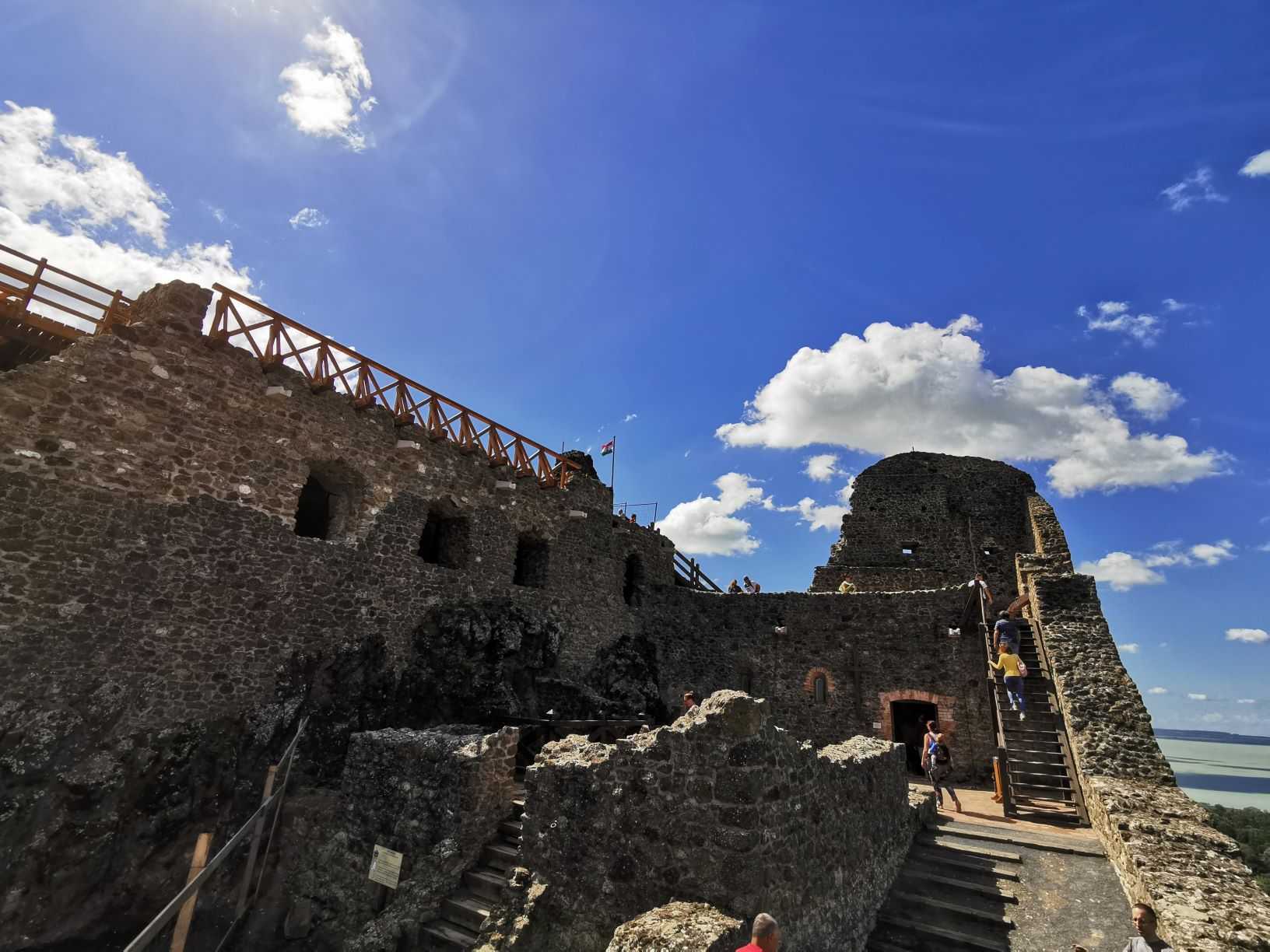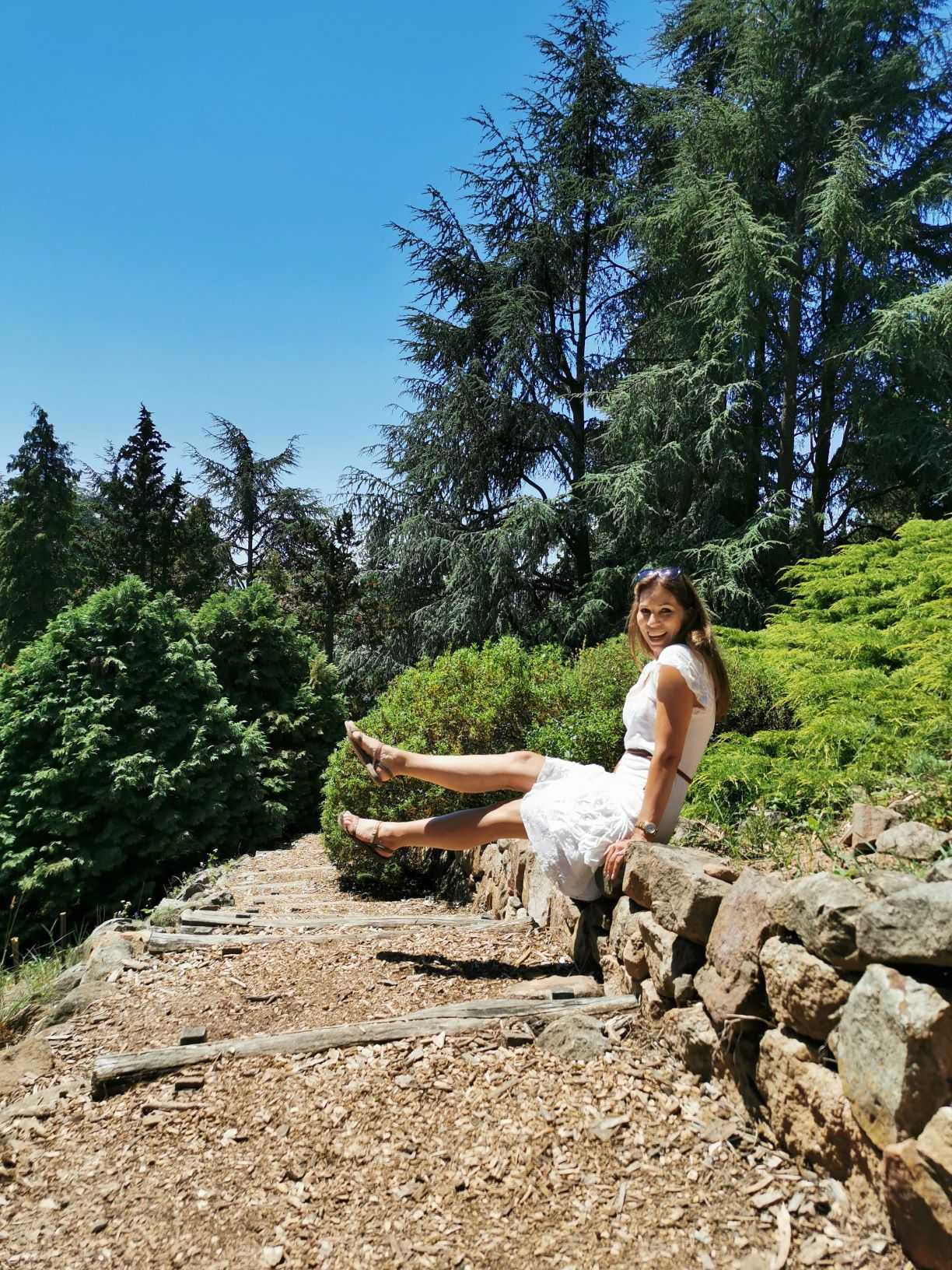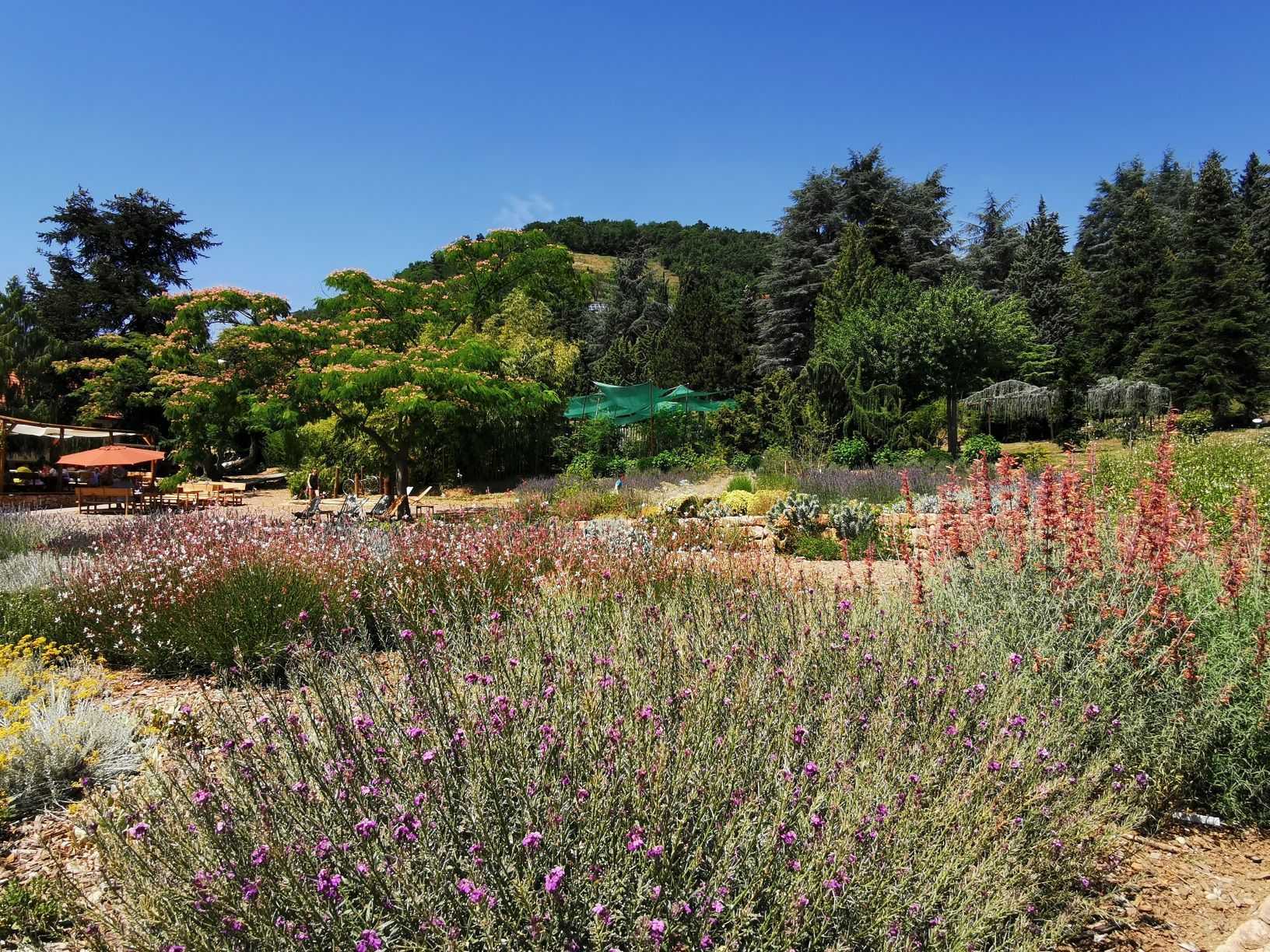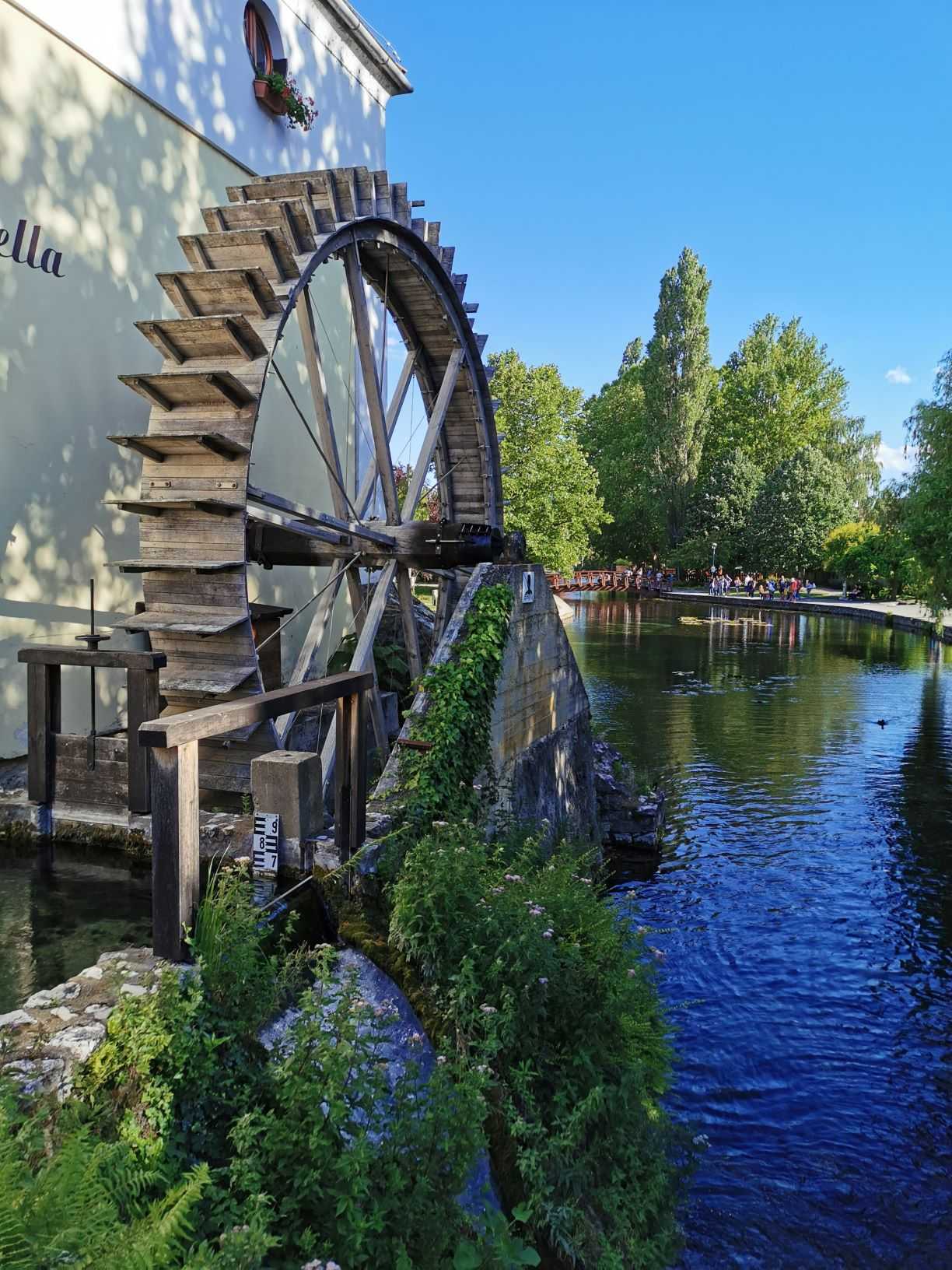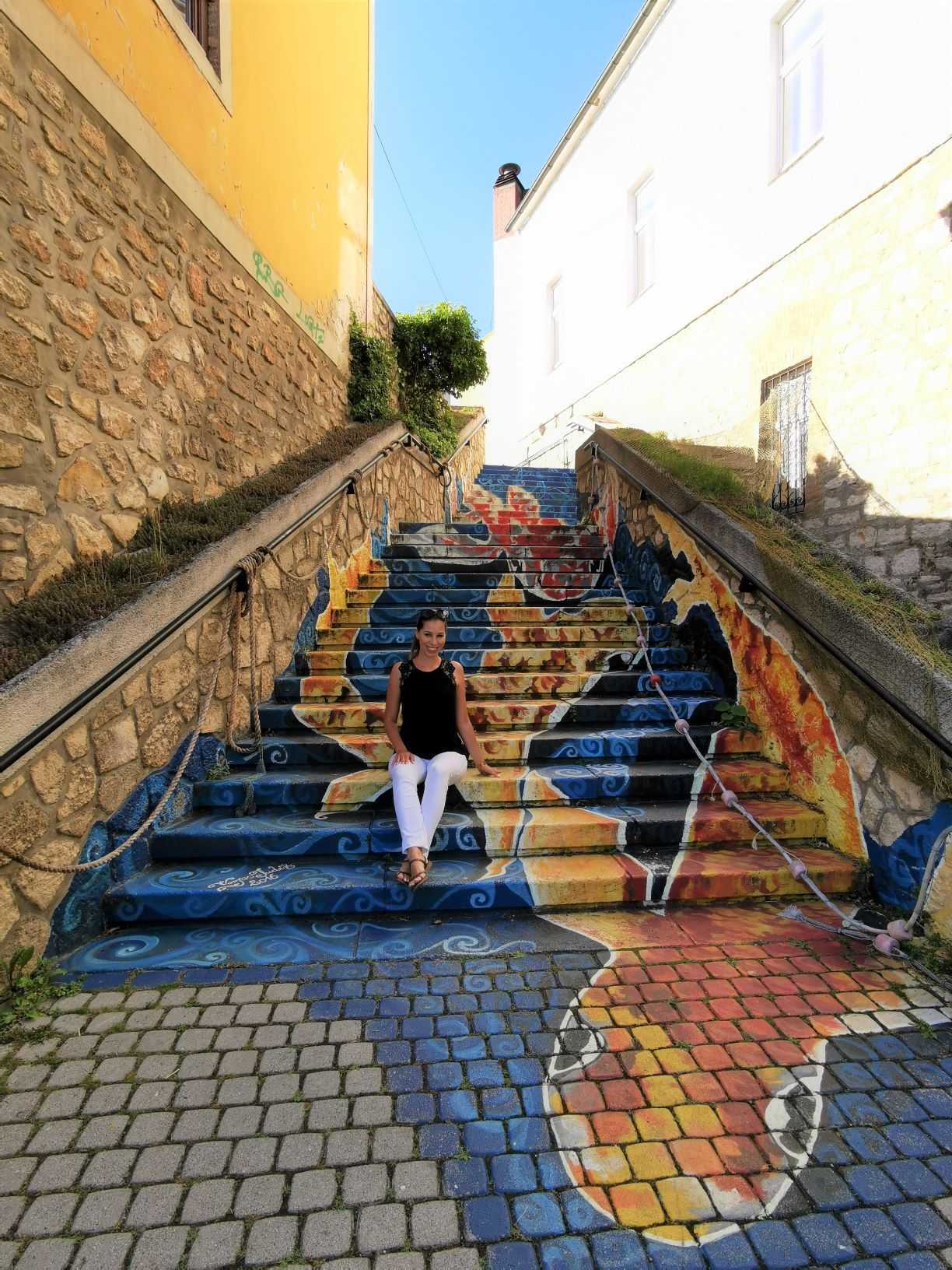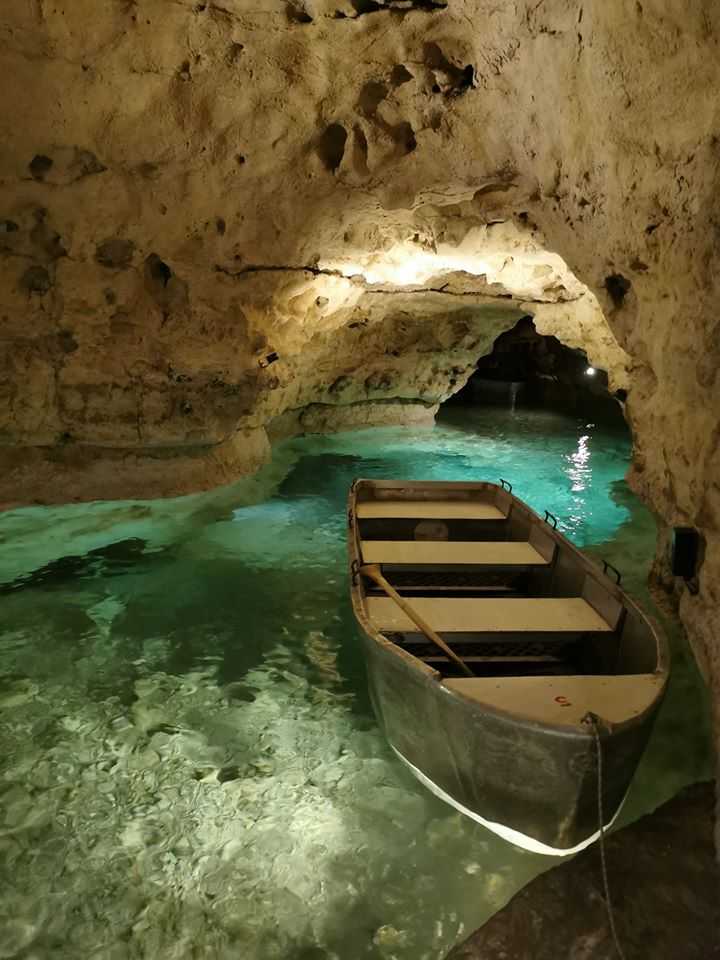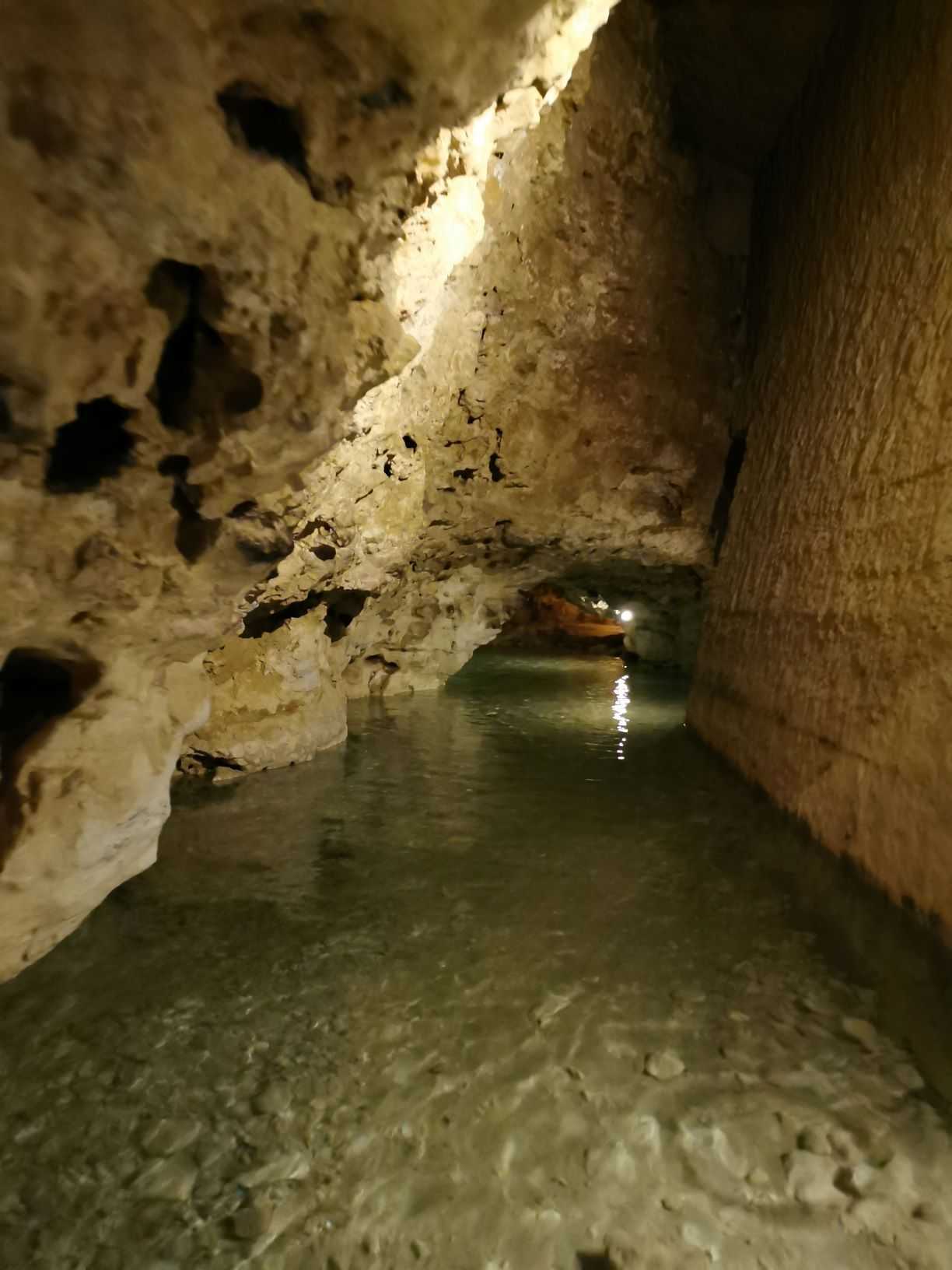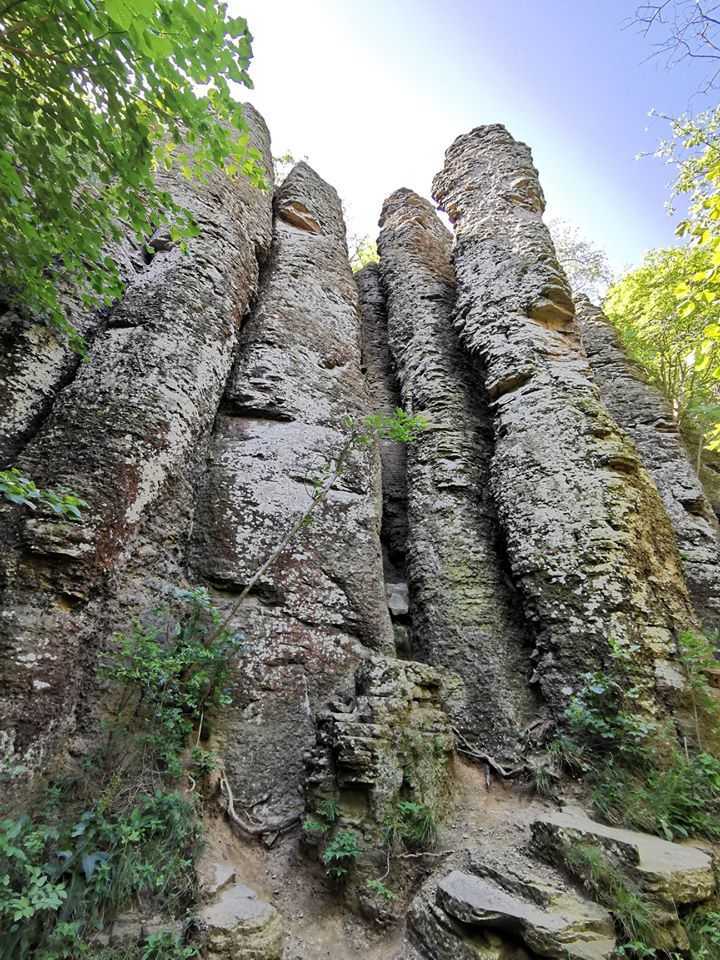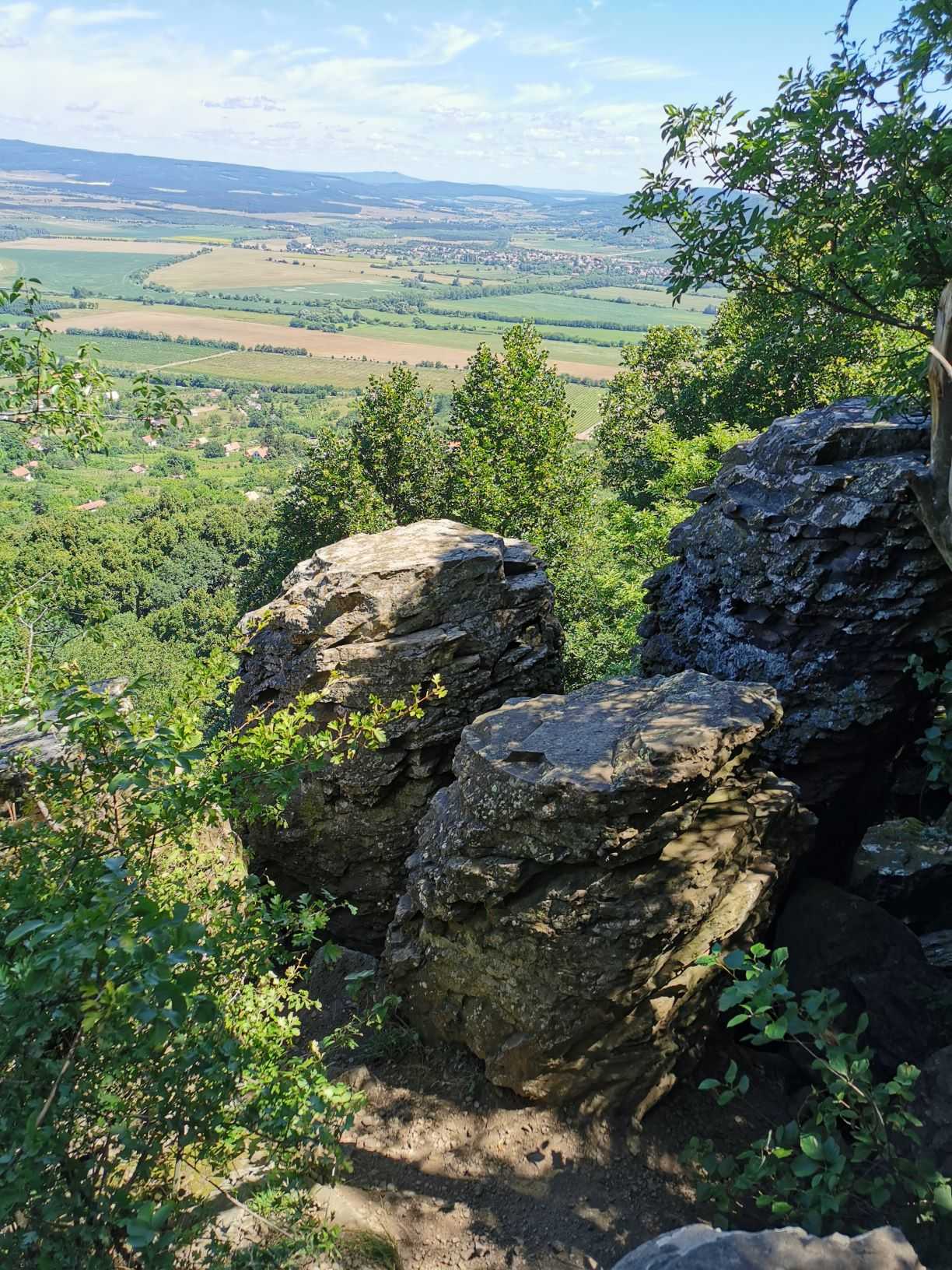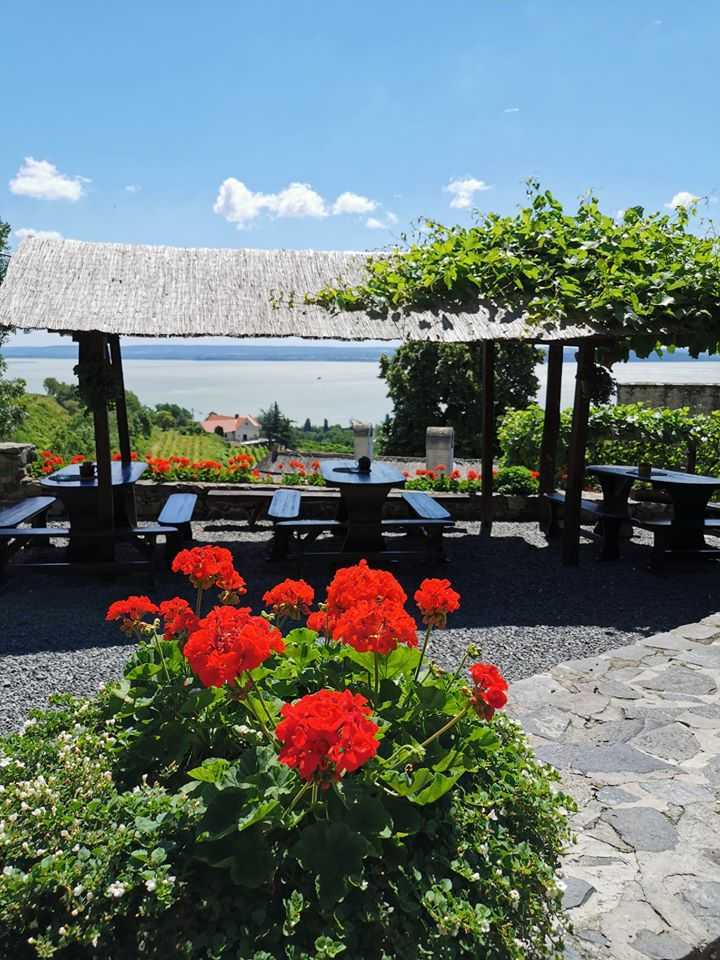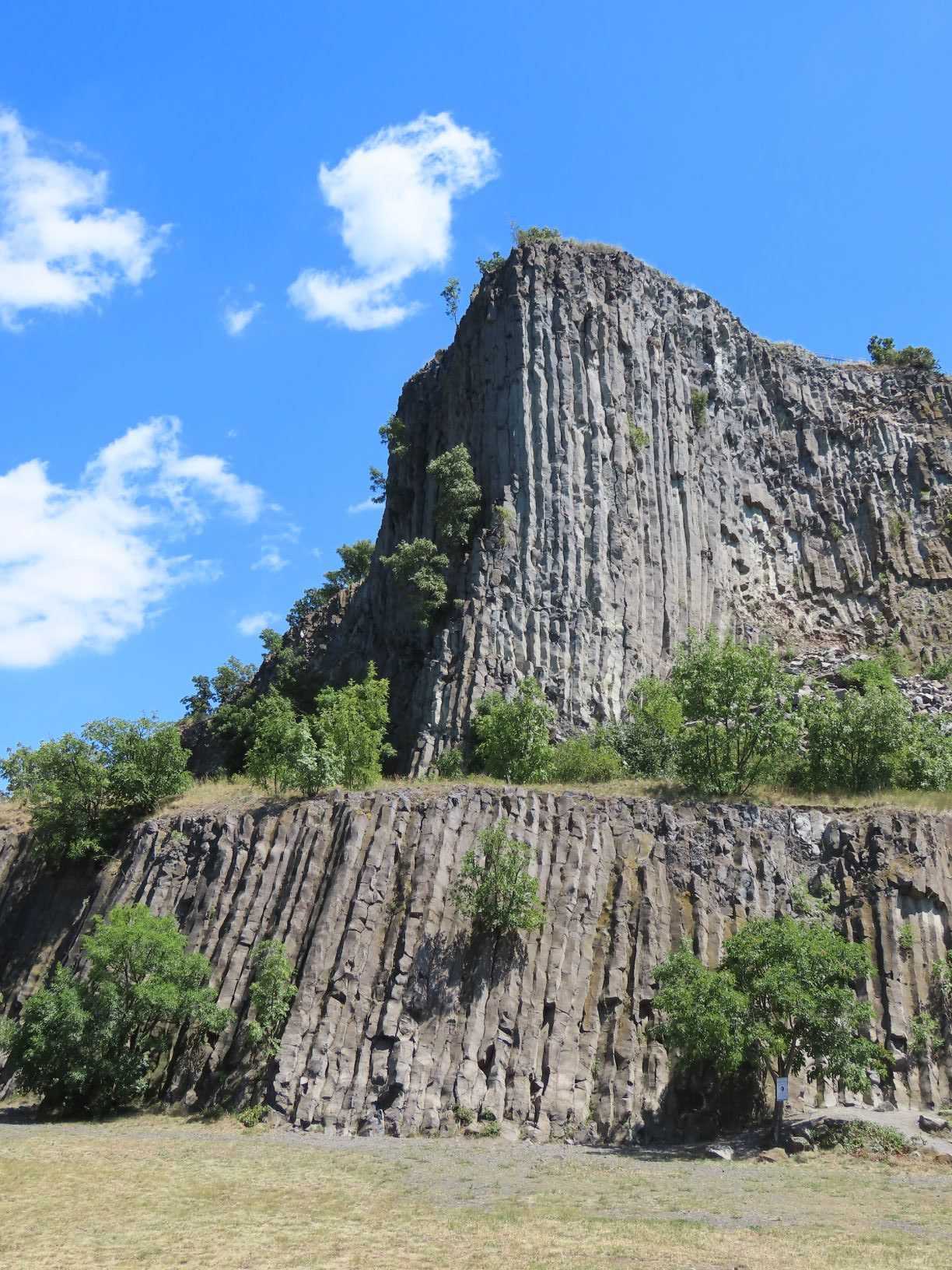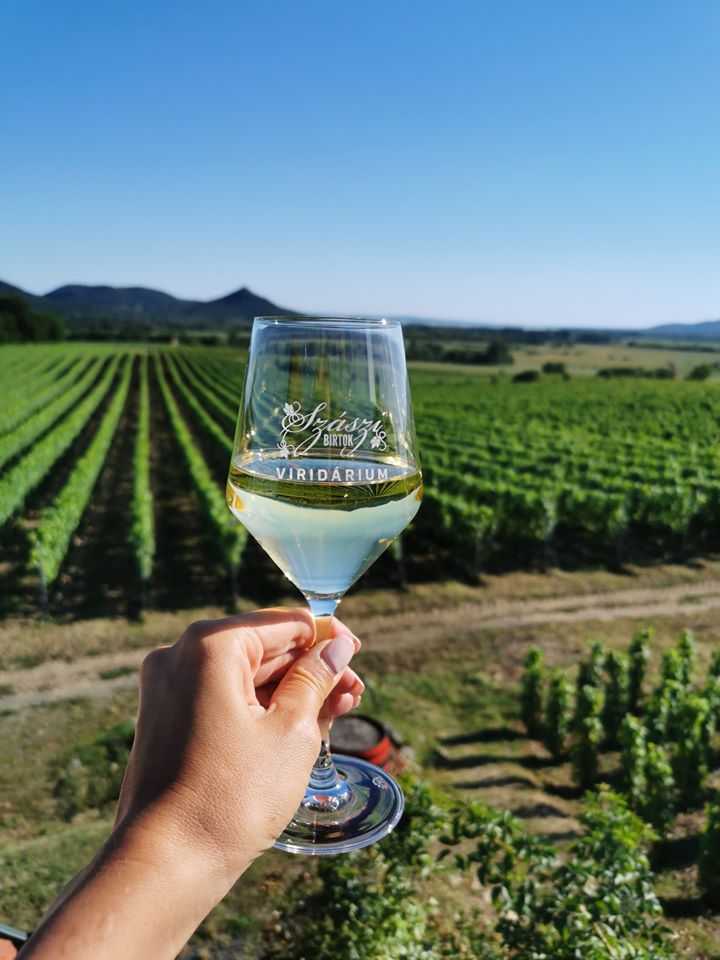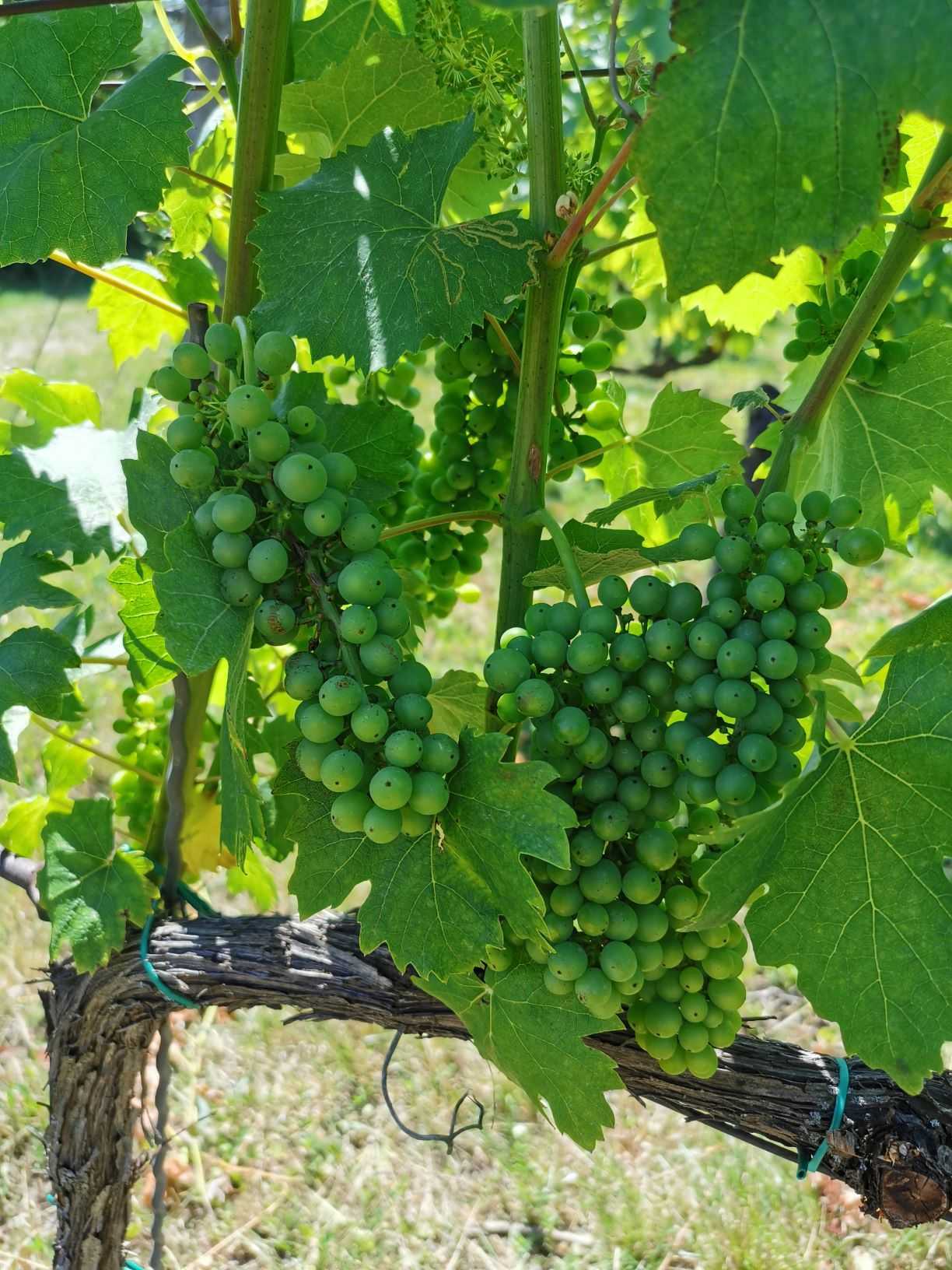For me, the Balaton Highlands and the Káli-medence are two places whose name immediately fills up my heart with you. There are so many charming settlements, secluded places, ruins, lookouts and, not least, wineries here that every time I visit here, it’s about the joy of exploring. And discovery and curiosity are one of the most important driving engines of traveling for me. The entire Káli Basin, which officially marks the area between Zánka and Abraham Hill, would be difficult to describe in a blog post in such a way that it is not a novel and yet contains everything. And the truth is I crossed the line a few times, and as a result, the palette I have now brought you as inspiration for planning domestic trips has become more colorful. My 15 favorite places from the Káli Basin and its surroundings are here without the need for completeness. And if you want more places beyond this post, visit my Instagram page (you can follow me here) and have a look in the Balaton folder.
Dörgicse
Dörgicse’s name may sound you familiar. On the one hand, the film Stop Mom Teresa (2004), based on the Hungarian book adaptation, was filmed here, and on the other hand, with its lavender fields, it is a permanent player in the Balaton Highland postcards. Dörgicse has been a populated area for thousands of years, as evidenced by burial sites and architectural remains. The traditions of grape production and winery date back to Roman times and have been one of the main sources of living for today’s people ever since. Dörgicse is an island of tranquility that, with its charming buildings and ruins, immediately steals into everyone’s hearts.


The lavender house of Dörgicse was founded in 2000 and at the time of its launch, in addition to the expertise of the Abbey of Pannonhalma, the first thorns were also brought here from the primeval lavender field. Today you can admire 30 different species of lavender in the garden and buy 100% pure lavender products made from flowers produced in the farmyard.
Salföld
As part of the Balaton Highlands National Park, you can see caress native animals in the Salföld major to the delight of the little ones. Visiting the farm could be a good program for the whole family. One of the highlights of the day is the horse show, after which it is possible for visitors to hop on horseback.
The other major attraction in Salföld is the visit to the Pauline Monastery deep in the forest. I was successfully lost in the forest and only reached the venue at the cost of a heroic struggle with blackberry bushes. Because at a T junction, it’s not signposted that you have to turn left or right to the church, so I missed the way. To avoid my scary wandering, turn left on the T road. By the time I got around the whole forest and cut across the hill, I was in a pretty panicky and peppery mood. However, when I saw the monastery and its stunning beauty in the solitary nature of the forest, all my bad feelings immediately evaporated.
 The Pauline Monastery, named after St. Mary Magdalene of Kőkút, was first mentioned in 1307.
The Pauline Monastery, named after St. Mary Magdalene of Kőkút, was first mentioned in 1307.
The brick-restored arc of triumph is one of the most beautiful parts of the church, and in the sacristy, there is an exhibition of a “stone vault” of unbuilt-in stones.
Köveskál
This settlement is one of the arteries of the Káli Basin as its main road connects many villages. For me, Köveskál’s name means gastronomic delights. I ate here the finest cottage cheese dumplings of my life in the Kővirág restaurant, but I had lunch in Mi a kő last time, which also did not disappoint me with its cozy interior terrace and delicious food. The Calvinist church in the village, with its lush garden and snow-white tower, is a nice place for visiting. You can take a break here before going further on my journey.
Szentbékkálla
One of the most popular natural formations of the Balaton Highlands is the stone sea, which still covers the sand formations left over from the Pannonian Sea. The main attractions of the site, which can be easily reached by a minimal walk, are the house-sized balanced rocks, on top of which is a 10-ton stone sly, known as Clement stone. It can be climbed, and its special interesting feature is that since it relies on the rock below at only three points, it can be tipped out of balance. That’s where the name of balanced rock comes from. I was happy to get to the edge at all because of my afraid of height, but you can try it if you are more adventurous than me. The lower rock recess was a much easier photo area for me, although it would prove rather an uncomfortable bed in the longer term.
Vászoly
This small settlement is overshadowed in terms of tourism compared to the “great ones” listed above. Even though the village picture is something quite fabulous. The whitewashed porters are full of flowers and there is a small water mill on the edge of the stream that splits the village. The village is also affected by the St. James Pilgrimage Route in Hungary, which starts from the Benedictine Abbey of Tihany and ends after about 170 kilometers at St. James’s Church in Lébény. If you get hungry in the village Zománc Bisztrócska can be the perfect choice for every meal, I tested it.
Szigliget Castle
Szigliget Castle is the most famous fortress of Lake Balaton and it is a good option to visit also in bad weather. I managed to catch the latter, and it was packed with people. It wasn’t a good idea to come here under the renovations when the castle is half-closed and in rainy weather. However this experience has not detracted from the castle’s beauty, but it is good advice if you would like to see it without a crowd, arrive in the hours after opening. The construction of the castle began in the 13th century but was much smaller than what is now seen, it was expanded to its current size over centuries.
Inside the ruins, you can see a nice castle chapel, a baroque kitchen, an armor exhibition, but the most beautiful sight is the panoramic view from the top. From the dungeon tower, you can look at the amazing blue water of Lake Balaton, while the Martonfalvay-rondella offers a 5-star view of the mountains and basin around Badacsony. If you want delicious ice cream or a good coffee after the castle tour, I recommend the Castle Café in front of the entrance with a warm heart.
Folly-arboretum
The 5 hectare-cypress and cedar grove are more than just an arboretum in Badacsonyörs. Founded in 1905, the garden is now cared for by the fourth generation and about 100 special and rare pines can be seen in the embrace of vineyards, Abraham Mountain, Badacsony and Lake Balaton. The winery is an integral part of the arboretum, which, in keeping with the traditions of the historical wine region of Badacsony, focuses more on white wines such as Pinot Gris (Szürkebarát), Muscat Ottonel, Italian Riesling. The wine terrace offers great views of Lake Balaton, especially at sunset. I chased the sunset elsewhere, but let’s say. It’s a mandatory element of a weekend at Lake Balaton.
Tapolca
The most upbeat part of Tapolca is undoubtedly the main square and medieval house row on the shores of Lake Mill, where I have been before, but I have not remembered that it is so beautiful. The water of the lake is fed by heat sources, resulting in a continuous temperature of 17-18 degrees, so it does not freeze in winter. If you observe the azure water closely, you can see goldfish swimming in it. The Mill Lake and its surroundings, lined with huge trees and cozy restaurants, are the scene of the Tapolca Trout and Wine Festival every year, one of the eloquent imprints of which is the Fish Steps, which, of course, cannot be left without a word or a photo.
The water of Lake Mill is also connected to the Lake Cave Tapolca, a unique natural and karst attraction. Its unique feature that a short section of the Lake Cave can be toured by boat. In view of the high interest, let’s buy tickets for the hourly program well in advance if possible online, otherwise you’ll easily be left without a ticket on-site like me. But two days later I turned back with a ticket in my pocket and could visit this amazing place.
Szent György Hill
The most spectacular formations of the Balaton landscape and highlands are the monadnocks (ex-volcanic mountains), which, by their nature show us to where the bottom of the Pannonian Sea once stretched. The hard, volcanic basalt mountains could not be withered by wind or erosion, so they rise from the now flat and dilapidated basin as towers at an altitude of 2-300 meters. A total of 10 mountains can be seen in the Balaton highlands (Szigliget Castle, Csobánc, Somló, Badacsony, Hegyestű, Haláp, Hegyesd, Tóti Hegy, Gulács and Szent György Hill), among which you should pay special attention to Szent György Mountain, because of the special formations on its top.
The hot lava was hardened by rapid cooling in huge polygonal lilac, which stands side by side like potato sacks. The geological formations can be reached by a 4 km hike from Kisapáti. It is worth climbing the mountain not only because of these special rocks but because of the beautiful view from the top to Lake Balaton and the other mountains. Unfortunately, it did not fit into my time, but it is also worth visiting the castle of Csobánc on another mountain, from here you can see almost the entire Balaton highlands.
Szentantalfa ruined church
The Church of St. Balazs is classified by some writings to Szentantalfa, while others to Balatoncsicso. In any case, the Romanesque ruin in the Nivegy Valley is worth exploring if you are there. The church is in a wonderful environment and its foundations date back to the 12th and 13th centuries. Its arched gate is particularly beautiful, and its three windows make it similar to the church in Dörgicse, which has already been presented above. Today the church is a popular place for weddings, not coincidentally.
Kékkút
In Kékkút along the asphalt road, there is the Anna spring, from where you can get fresh water. The spring was first mentioned in written form in the early 1800s under the name sour water and then it was bottled in 1921 as mineral water. The water of the spring was already consumed in Roman times and is said to have been a popular drink of Byzantine Empress Theodora. Hence her present name, Theodora mineral water, the gift of God (woman). At the water spring, you can fill up your bottle and get a taste of this gift.
Badacsony
Badacsony’s name does not need to be presented to anyone, as it is one of the most popular places in the Balaton Highlands region. Kisfaludy lookout, the port of Badacsony, wineries, lively coastal life are just a few of the many calling words that attract people to visit the settlement. I was drawn here by the sunset, but before that I looked at the nearby Hegymagas church and the oldest winery house in the Balaton wine region.
Hegyestű
Another monadnock (mountain) is added to the top 15 list, Hegyestű, which covers a volcanic mountain cut in half. As a result of the stone mining that flowed here, it was discovered that the mountain hides the interior of a volcano from 8 million years ago, which has solidified basalt columns in its crater due to cooling. A short trail leads up to the top of the formation, which is also a rarity in European terms. From the top you can admire the characteristic, hilly landscape of the Balaton Highlands. At the bottom of the basalt mountain, there is an open-air stone park where you can take part in geological time travel. The location can be accessed entrance fee and you can park directly to the park.
Vöröstó
I was just driving aimlessly through the Kali Basin, stopped in some places to admire the wheat fields, until I saw a beautiful chapel on top of a hill. I stopped immediately to explore and take a closer look at this place, which I had never even heard of before. The Calvary of Vöröstó consists of 7-7 symmetrically stations with small tin images. The stations lead to the eclectic-style Calvary Chapel at the top of the hill, with a nice view of the Vassonykő Castle in Nagyvázsonyi and Kab Hill.
Top winery terraces
Speaking of Káli Basin and Balaton highlands, of course you can’t leave out the wine bar terraces from the list. In most places, you are welcomed with panoramic views of Lake Balaton or the vineyards running through the mountains. These top ten places are definitely worth visiting for a glass of excellent vine with a panorama: Istvándy Pincészet, Folly Arborétum és Borbirtok, Szászi Pincészet, Csendes-dűlő, Hertelendy borozó, Laposa birtok, Villa Tolnay, Skizo Borház, Pálffy Pincészet, Liszkay Borkúria.


